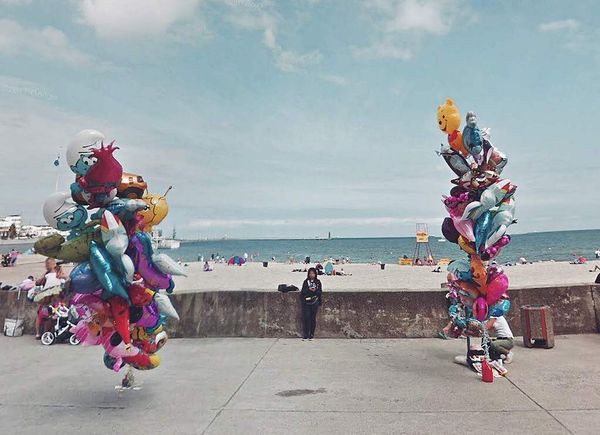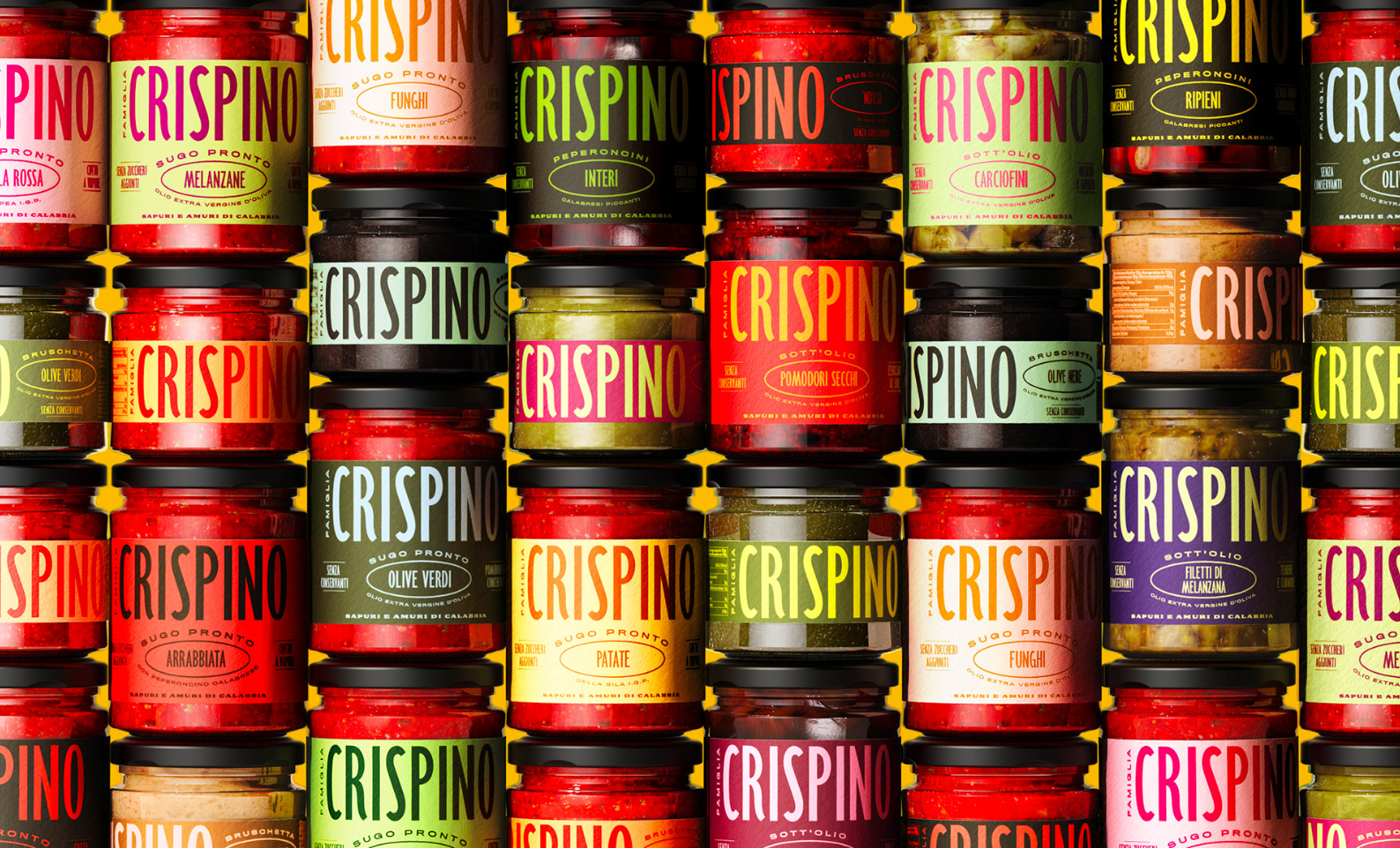“It’ll be good for the winter” – we all remember the eternal saying of our grandmothers probably uttered while bending over the steaming pot on the cookstove, stirring the fragrant jam. Our ancestors were already thinking about the bitter cold winter days when it was still bright and sunny, and we were sweating like crazy even when hiding from the sun in the shadows. On these days, the kitchen turned into a large-scale factory in an instant: jars washed clean glittering on the kitchen counter, waiting to be filled with valuable fruits or vegetables, sometimes in a changed state of matter, other times in pickle or salt. La Fontaine’s story about the ant and the grasshopper remained valid in the kitchens of the countryside, too, even though it probably wasn’t the great French storyteller who motivated our grandparents to do so. They knew exactly what we tend to forget nowadays: to appreciate seasonal fruit, to conserve it and to keep it for worse times.
Preserving food is the textbook example of conscious planning. This practice is less popular today: in our modern world, consumers can purchase virtually anything they desire at any time of the year. Preservation is the manifestation of saving, and as such, is also an attribute of a good housewife. Our grandmothers did not overthink it, they did what they had to do, and we enjoyed the taste of the sweet apricot melting in our mouth in the dim light of the kitchen, when winter arrived – as a side to our meals or in itself. The fine pickles, as well as cherry and apple compotes were all lined up on the shelves of the pantry, many times without any labels or marks.
We wouldn’t exchange the treasures of our grandmothers stored and preserved in the pantry for the store versions, but it’s true that a good packaging can convince us that perhaps we don’t have to bend over the stove all day to bottle up the valuable treasures of nature. Perhaps it’s enough if we open our wallets. Let’s see what else is preserved in other parts of the world, and how they serve it from Yerevan to Cape Town.
Kitti Mayer
design theorist
Tomacho | Yerevan, Armenia
Backbone Branding
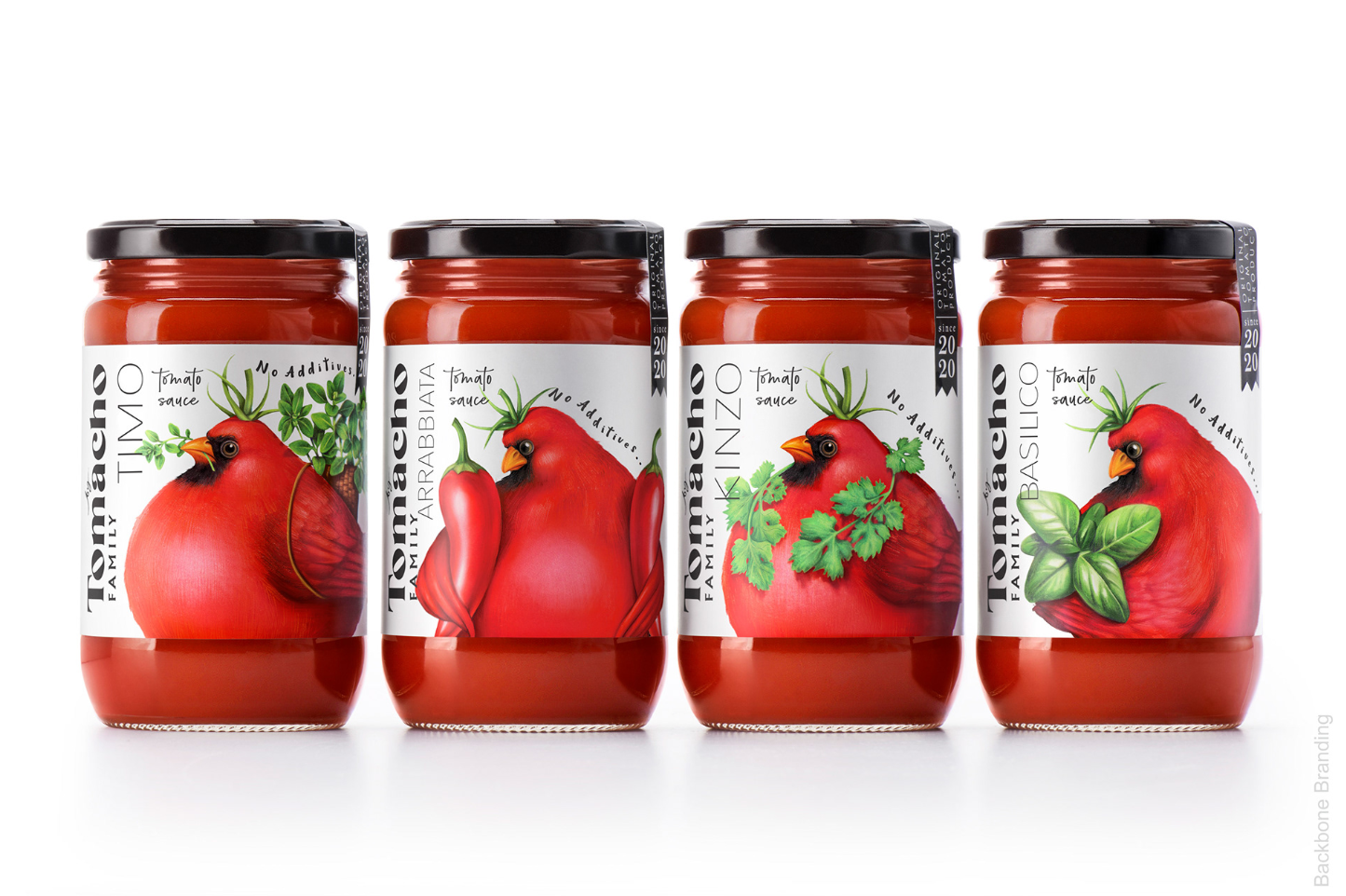
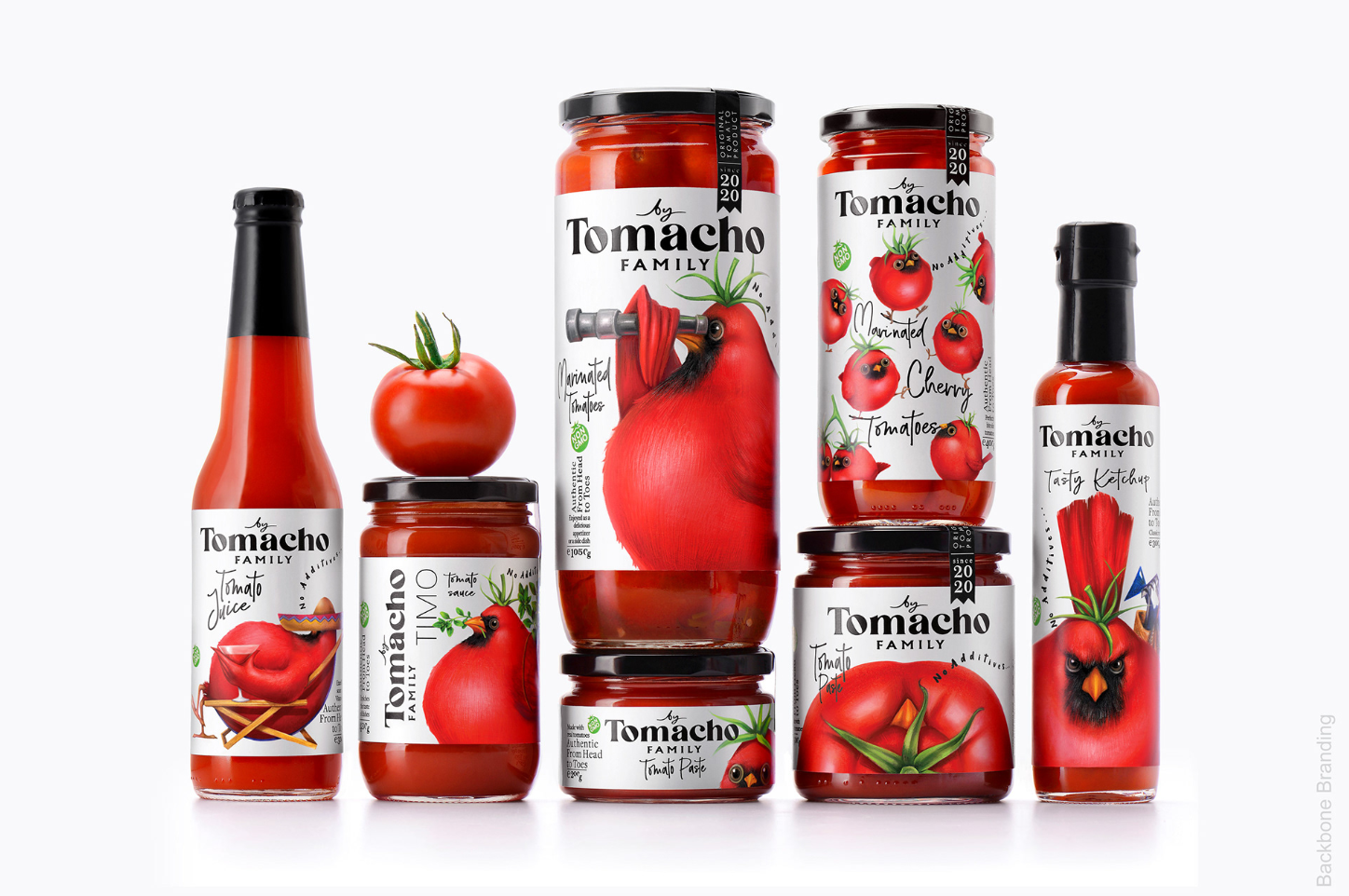
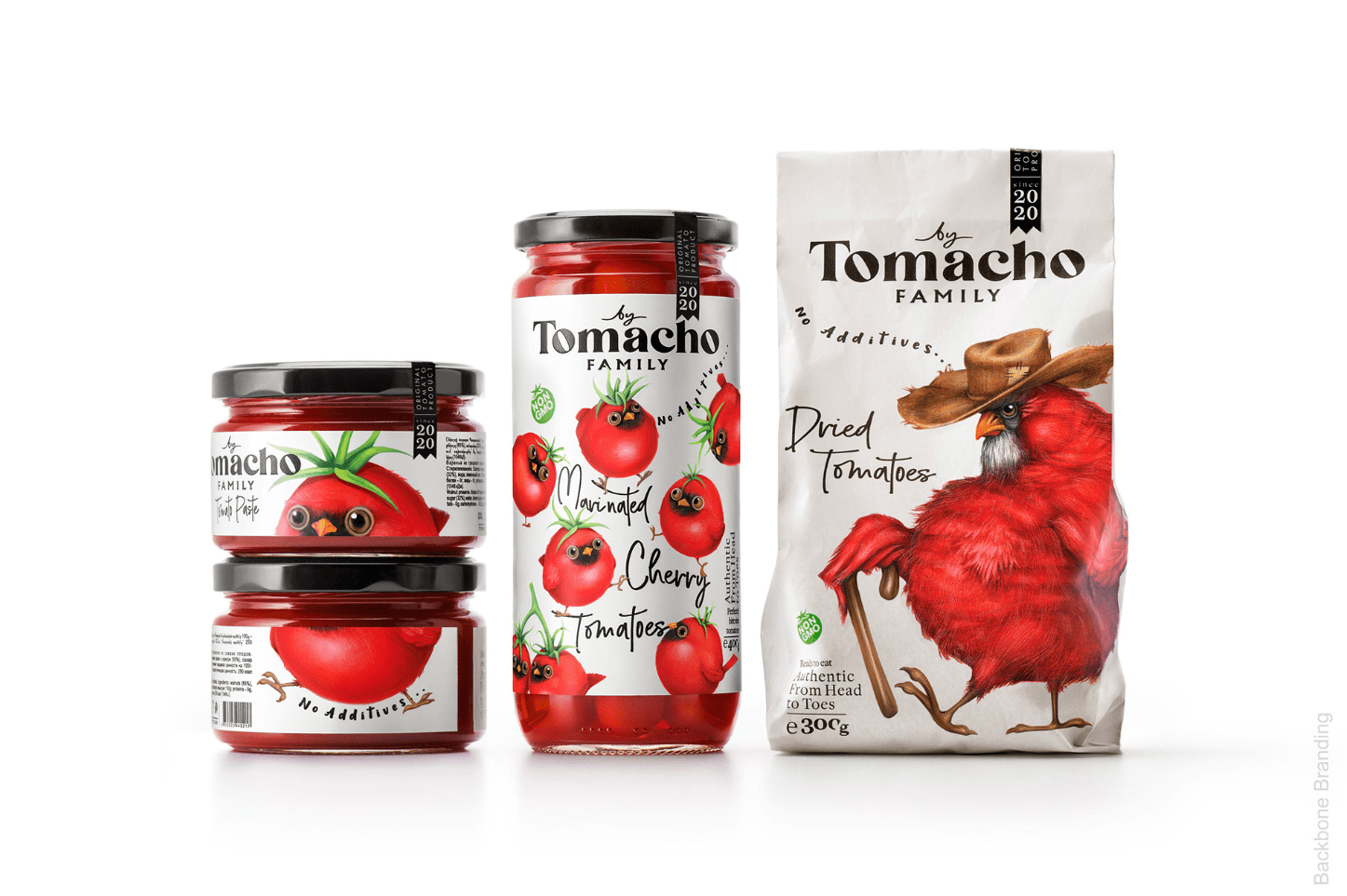
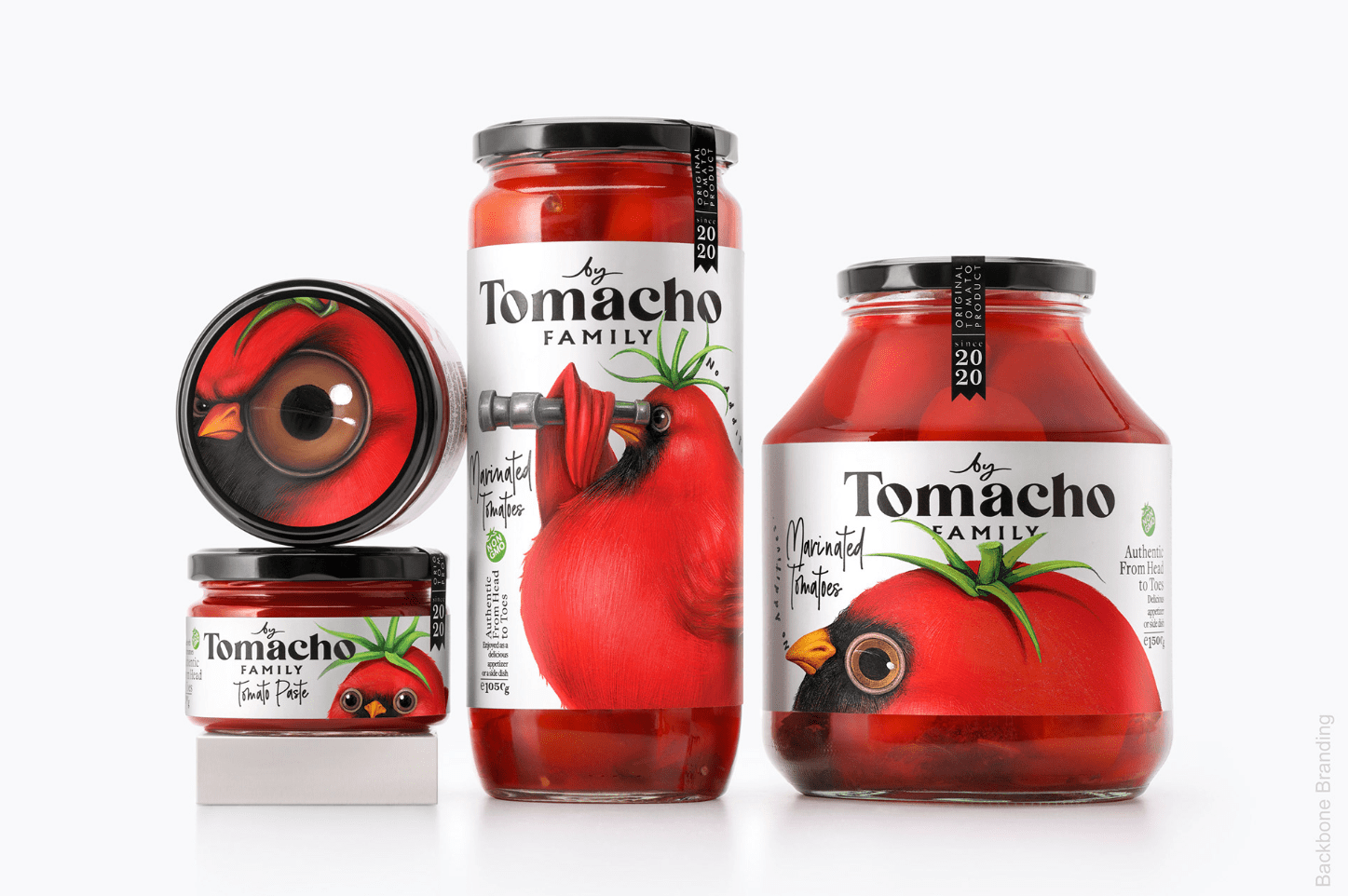
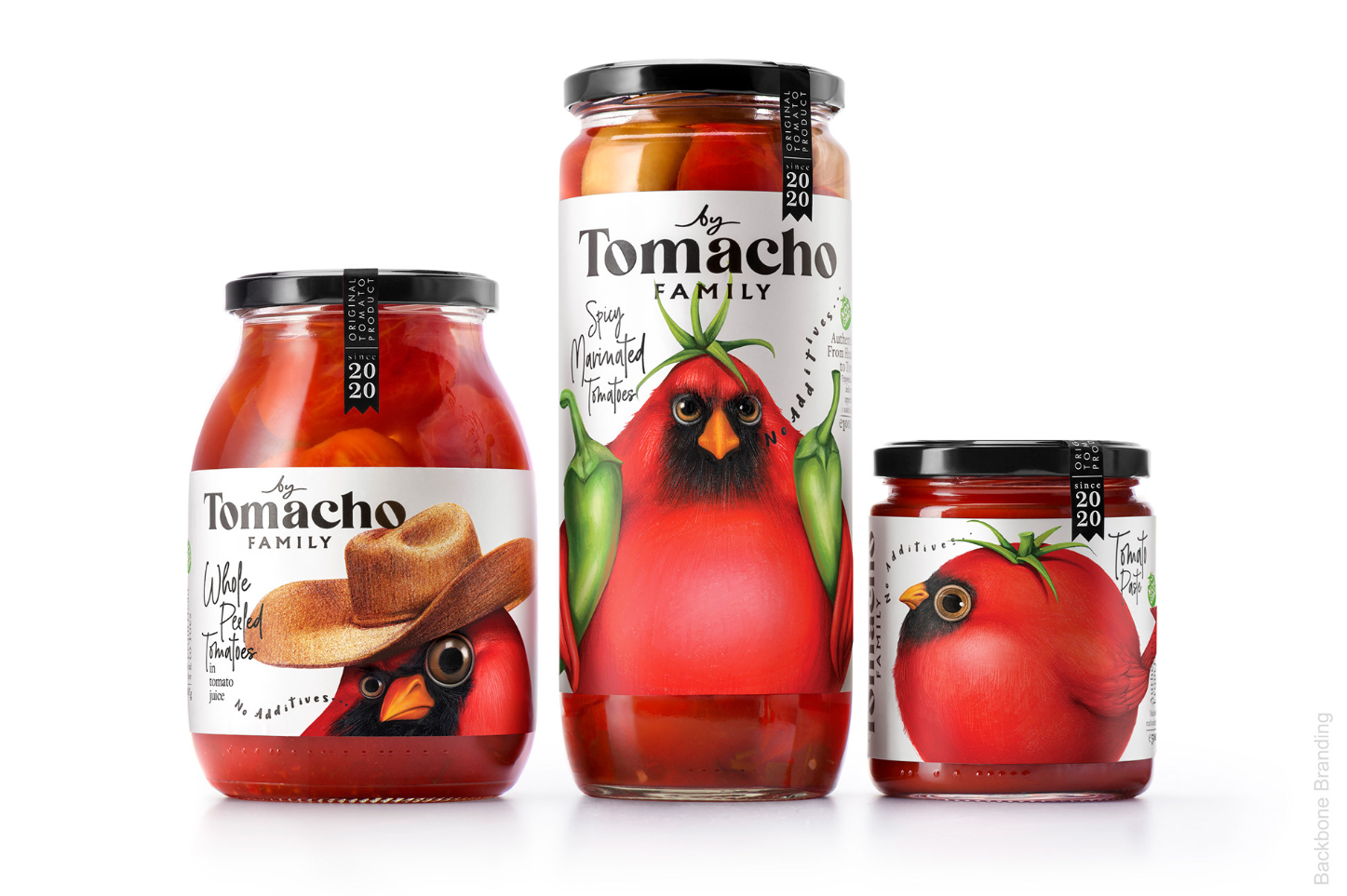
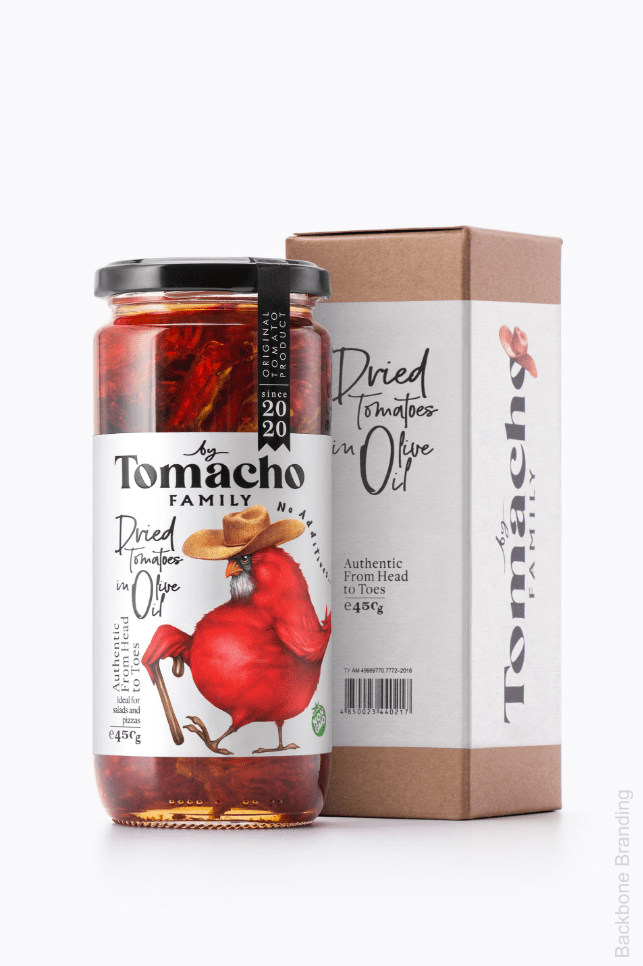
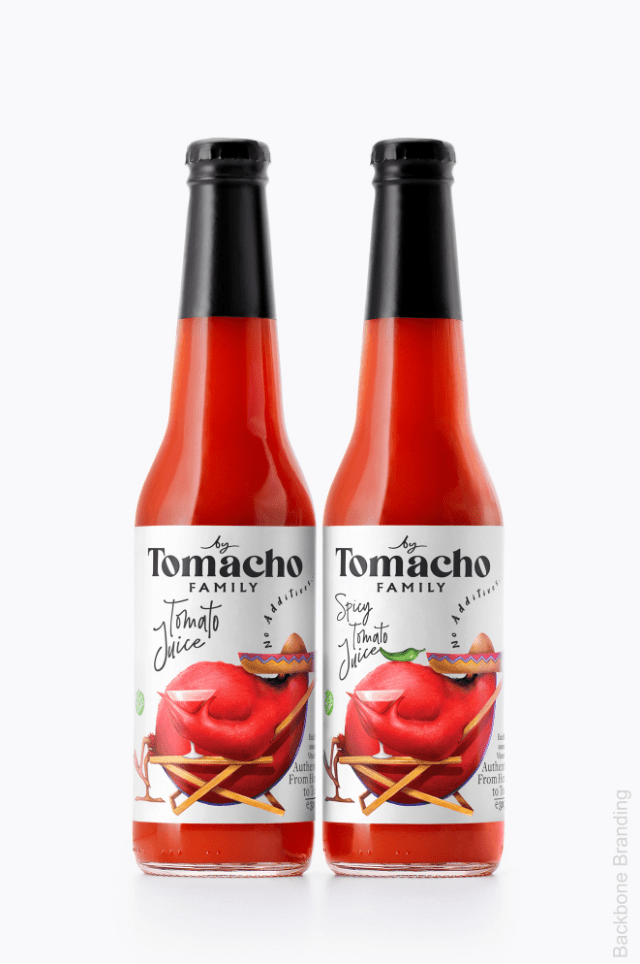
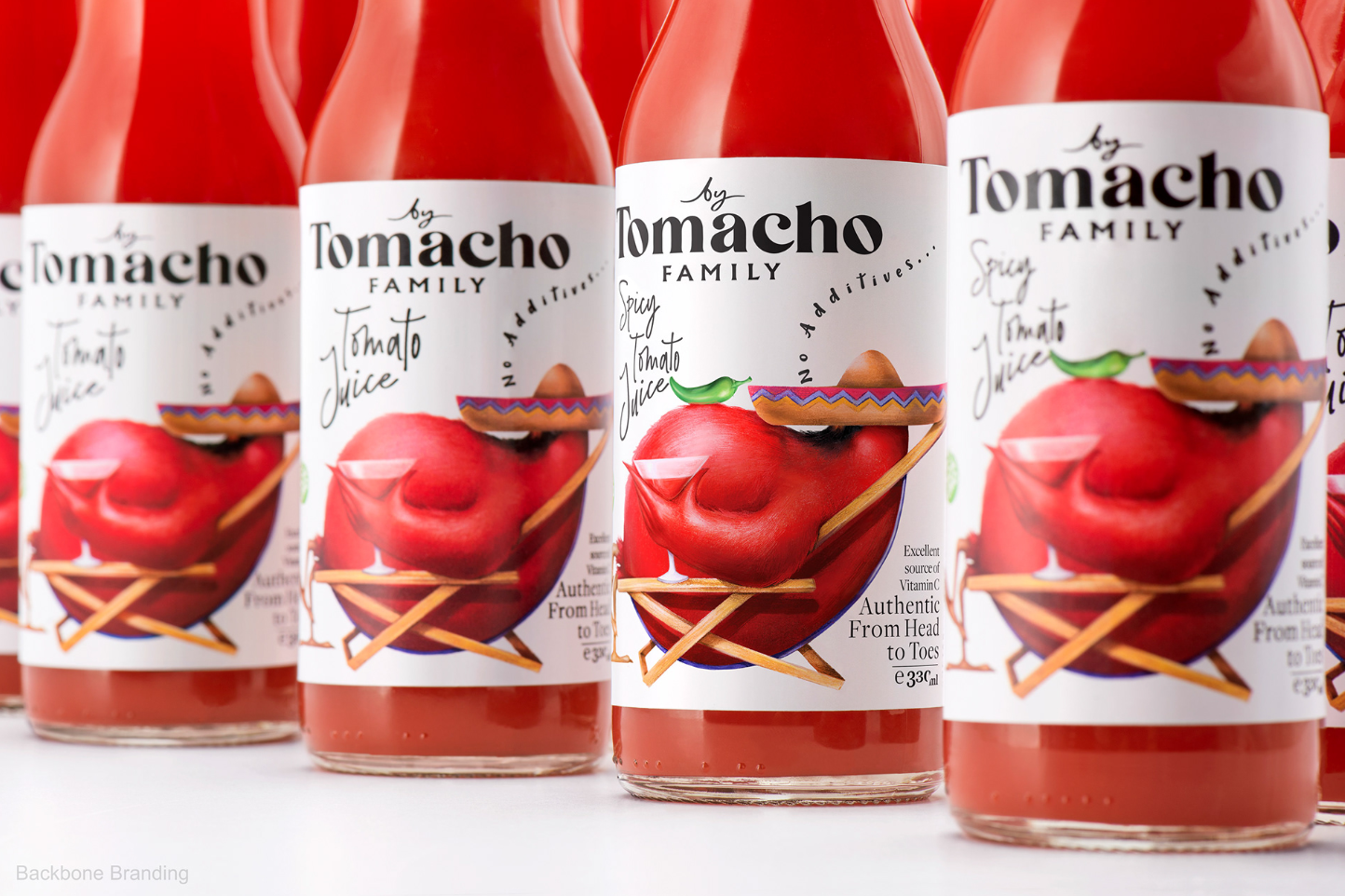

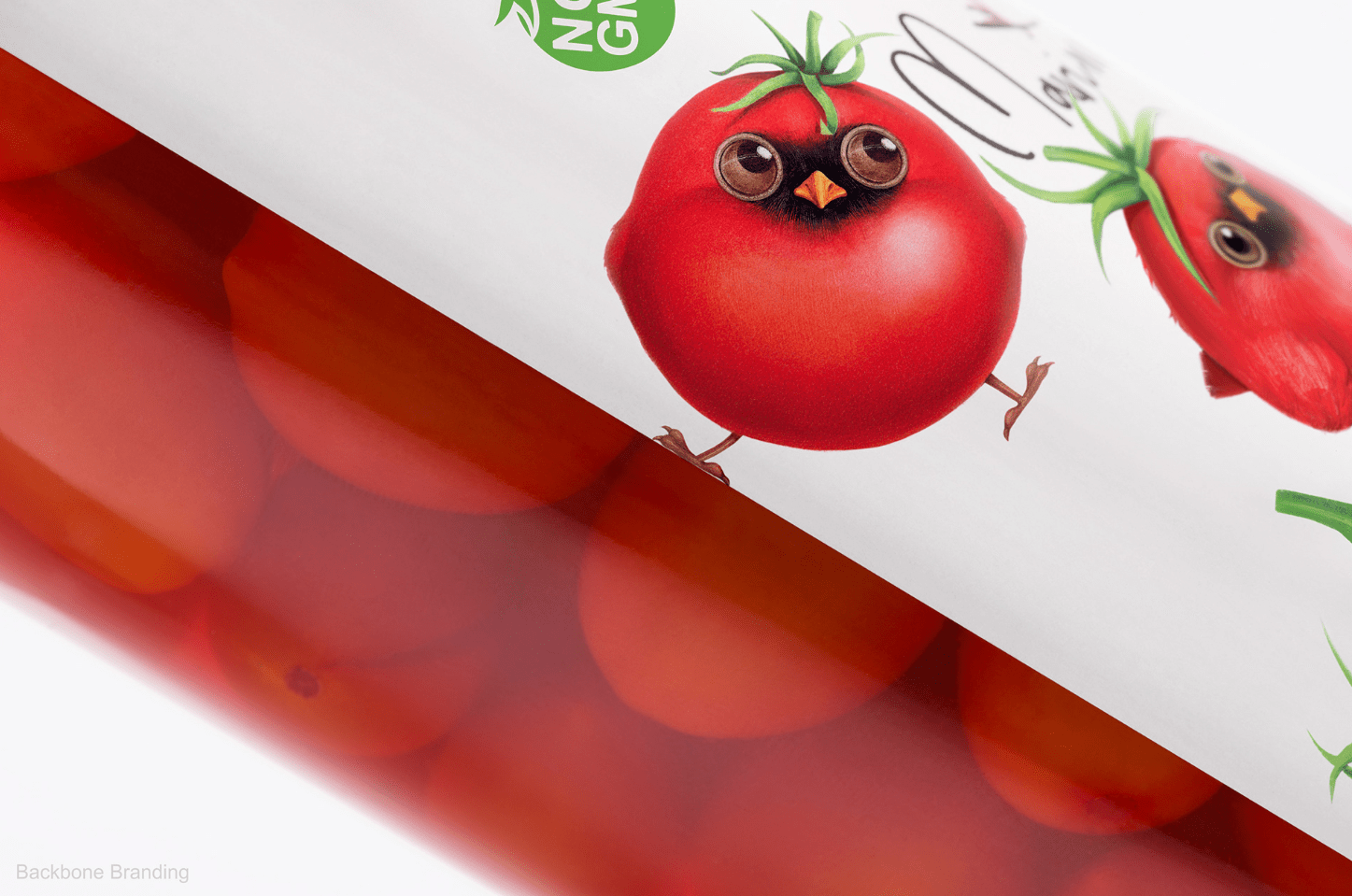

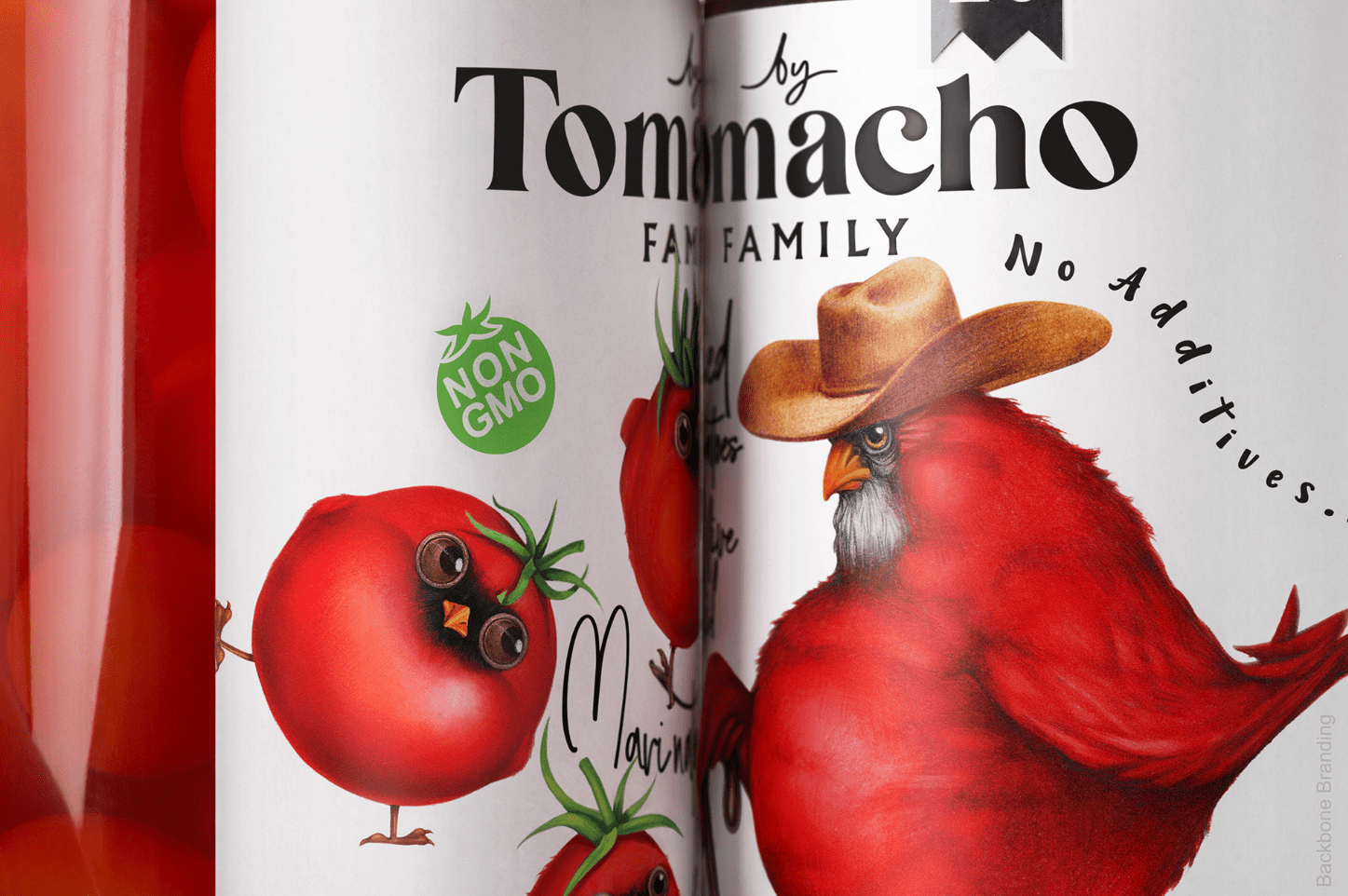

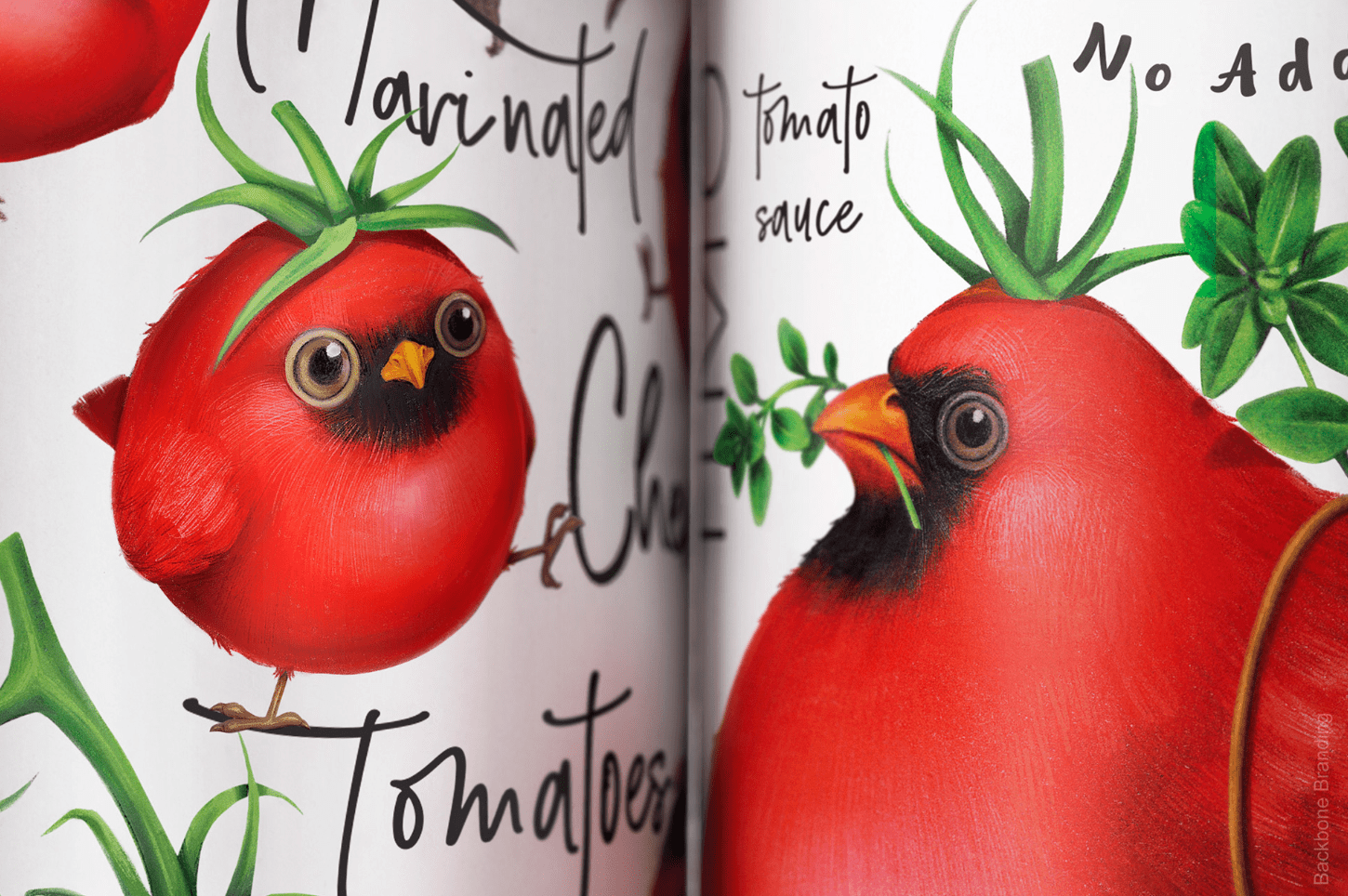
Famiglia Crispino | Florence, Italy
Auge Design
Giovanni Stillittano
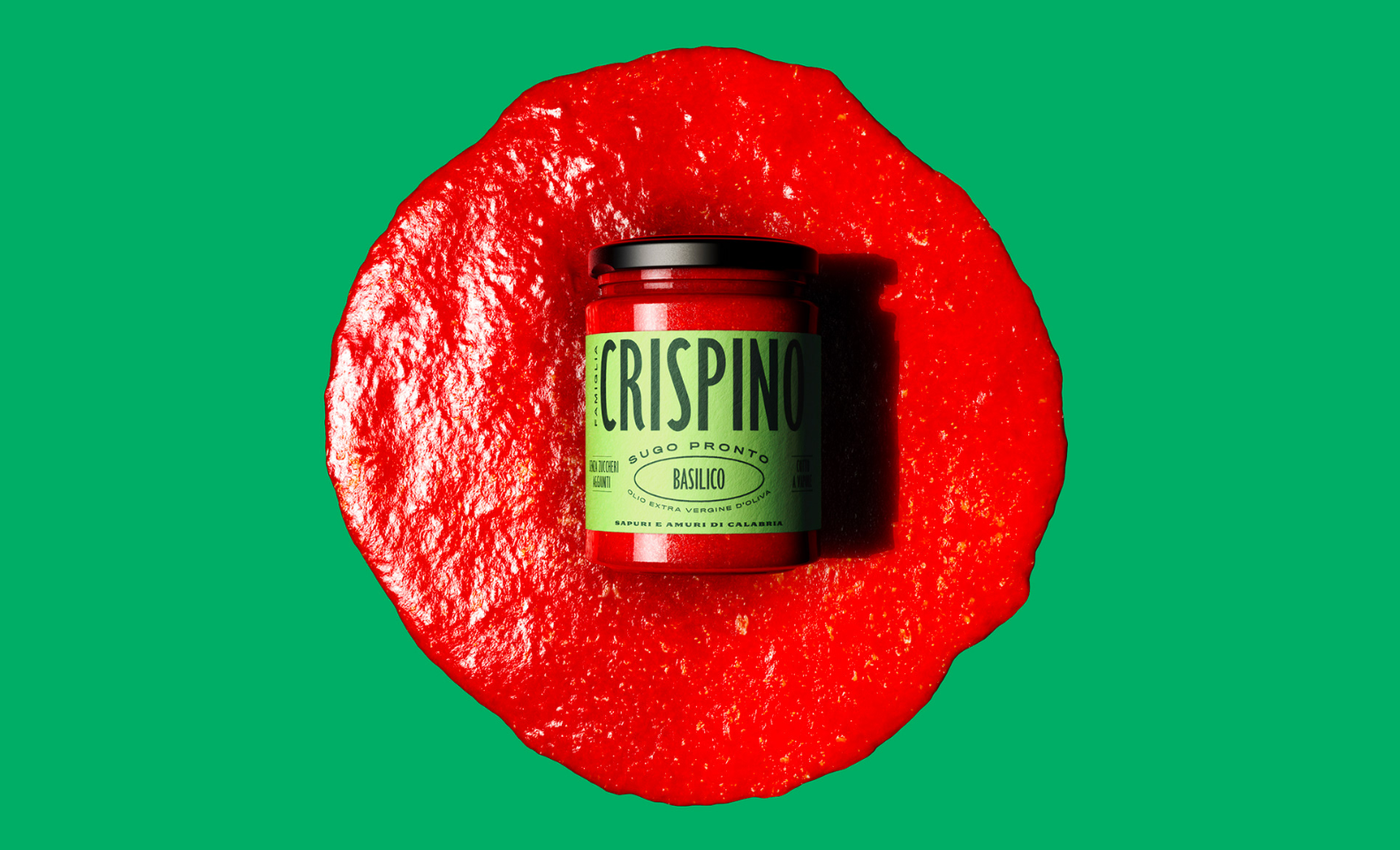
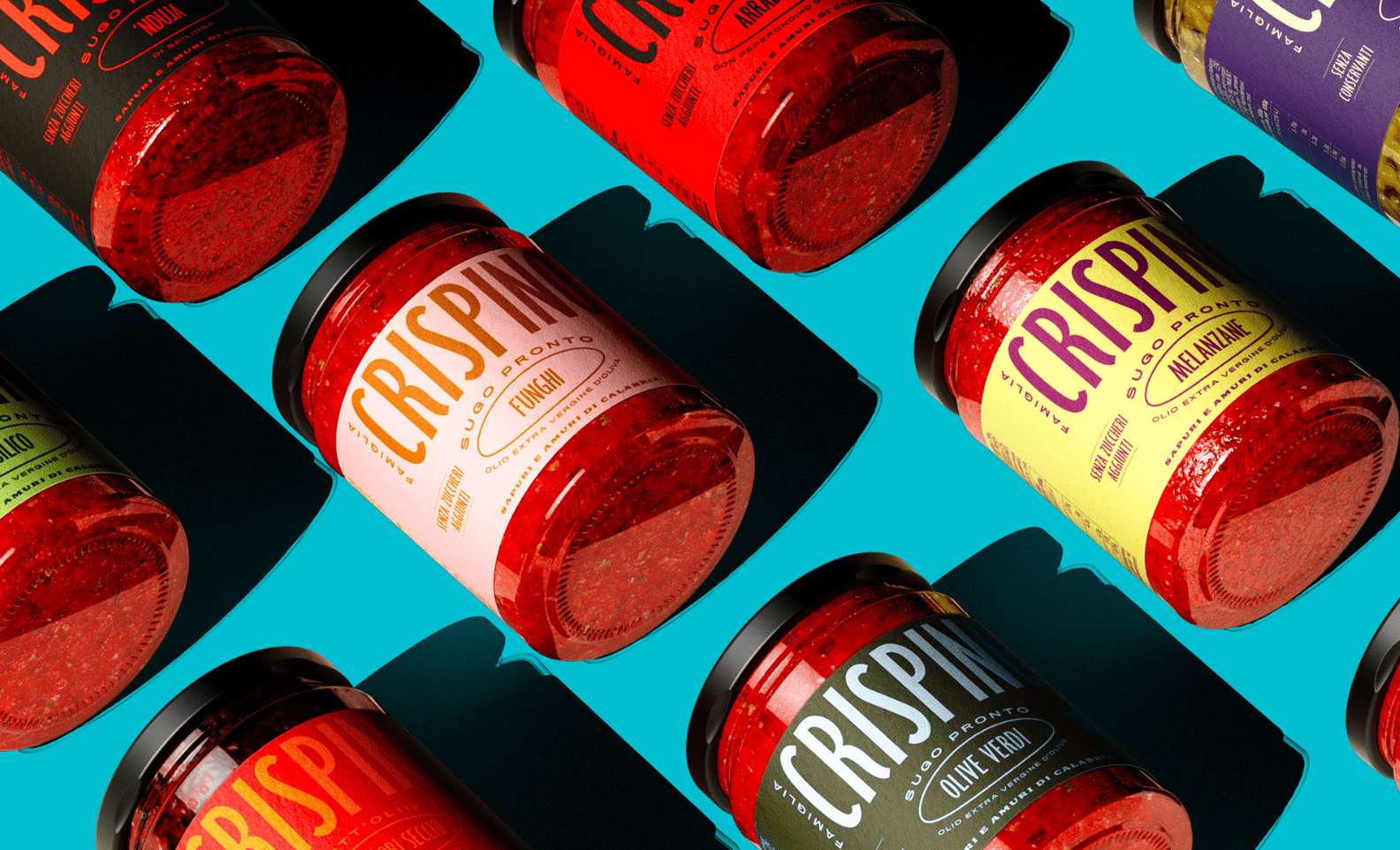
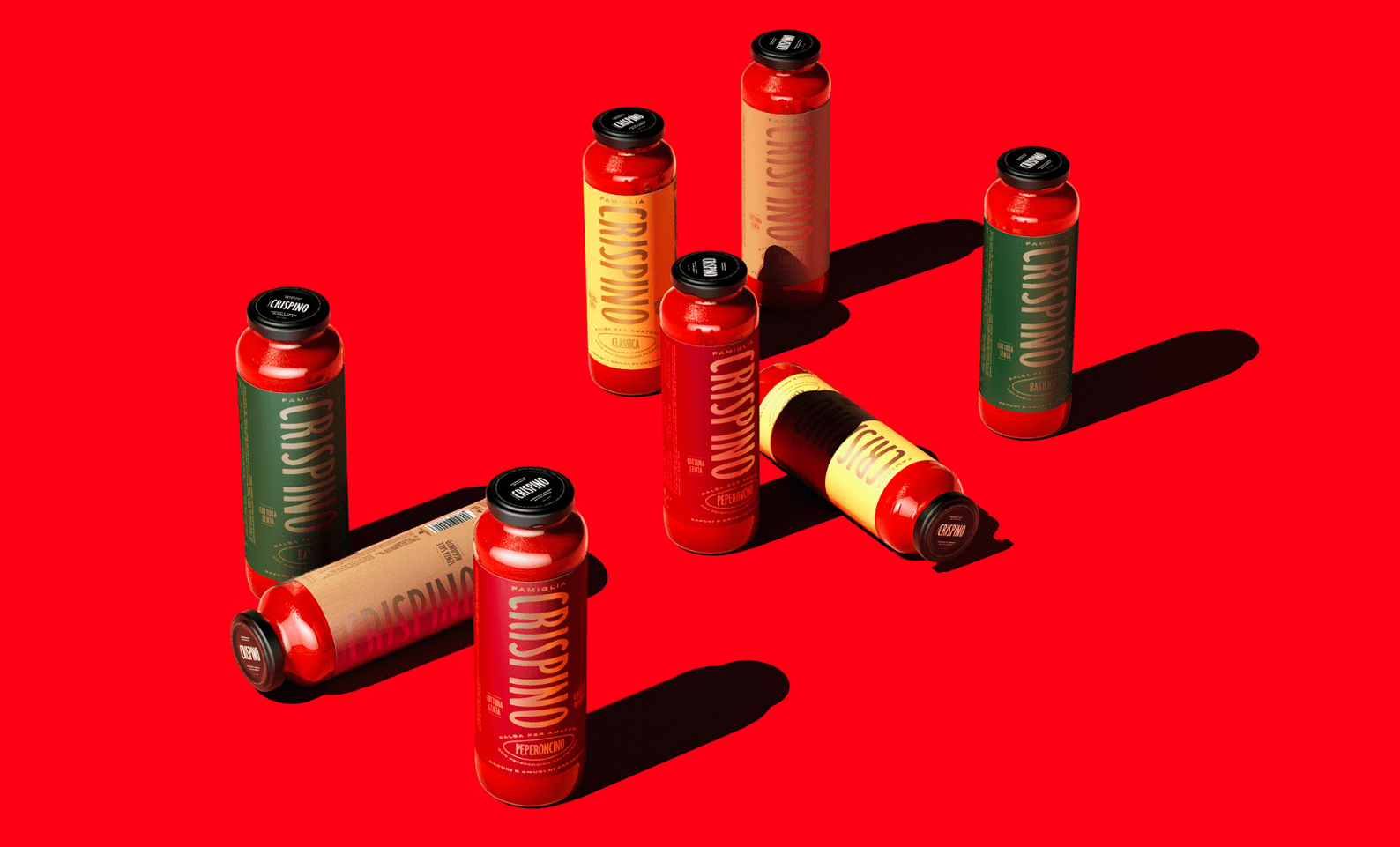
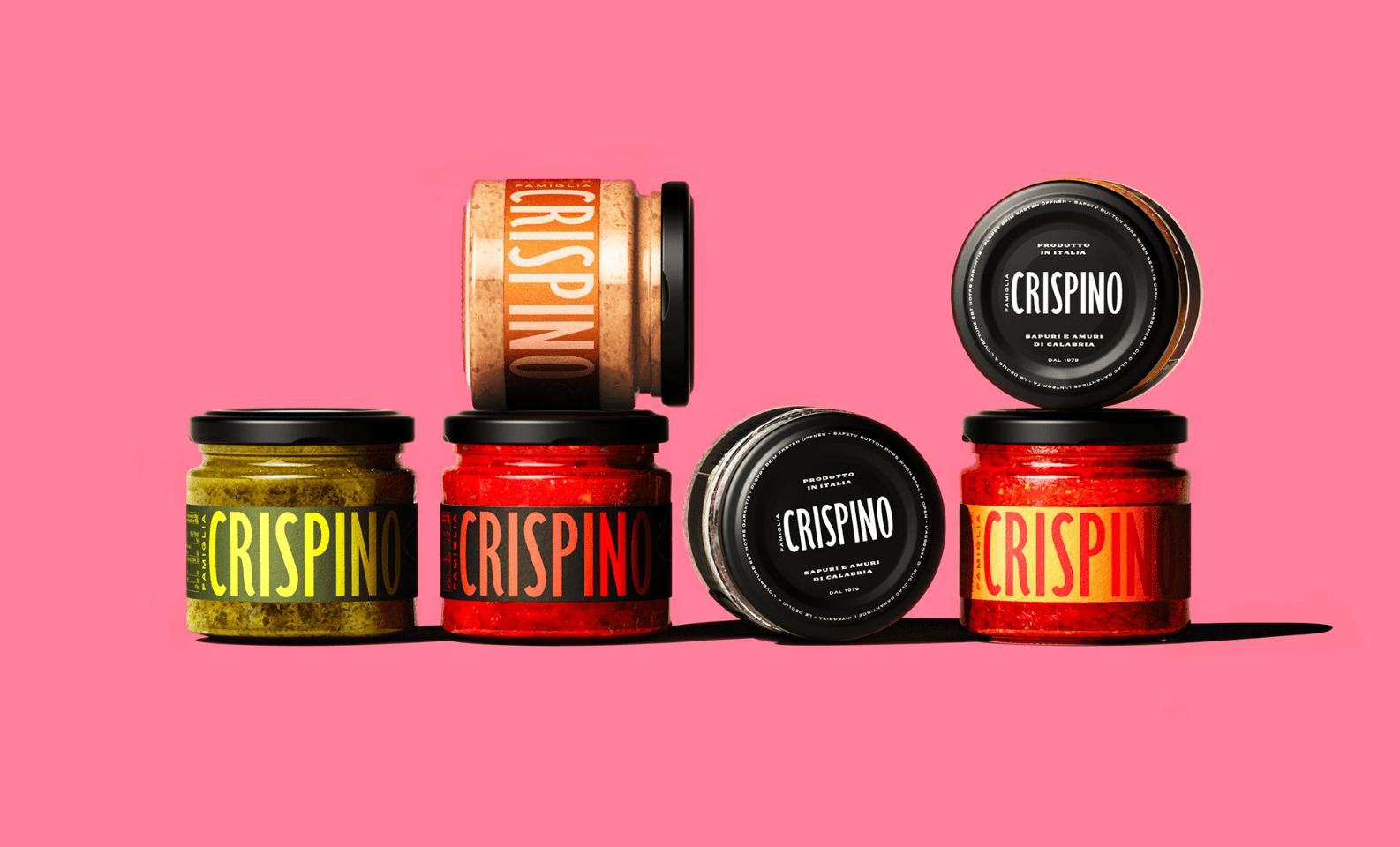
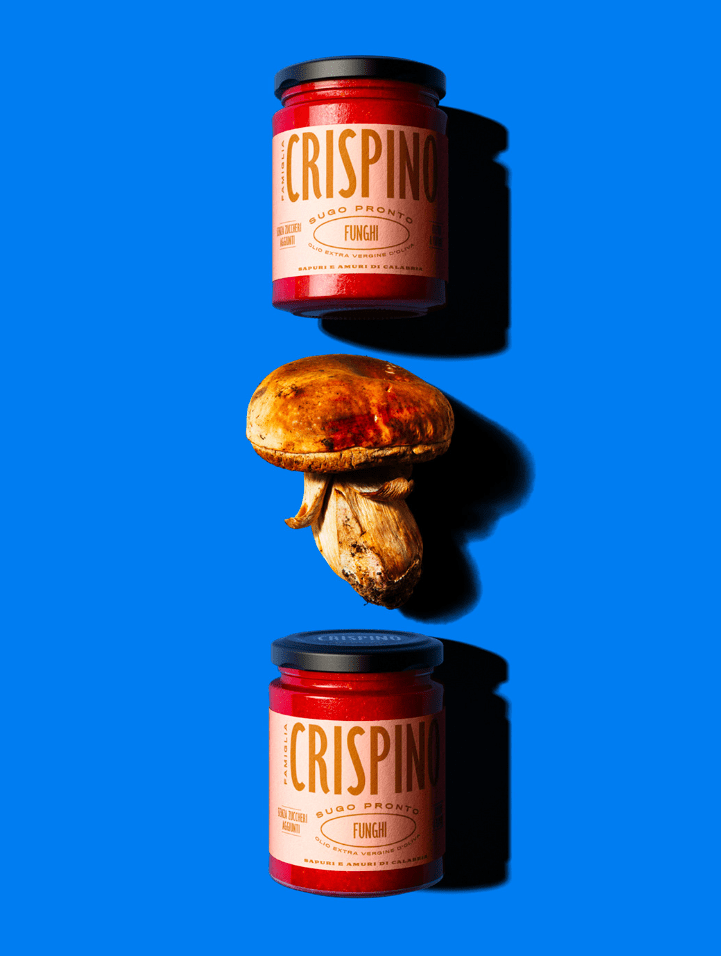
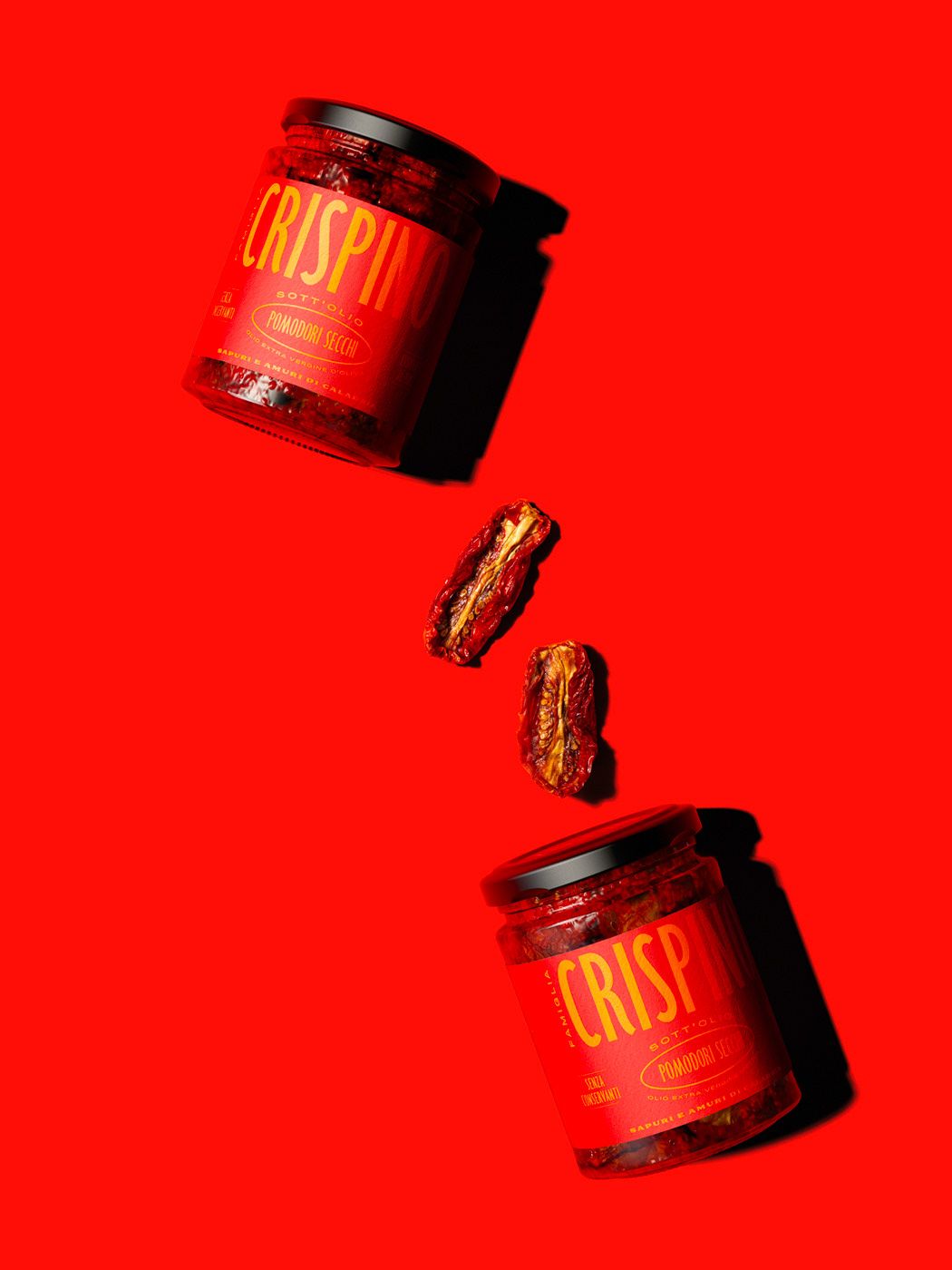
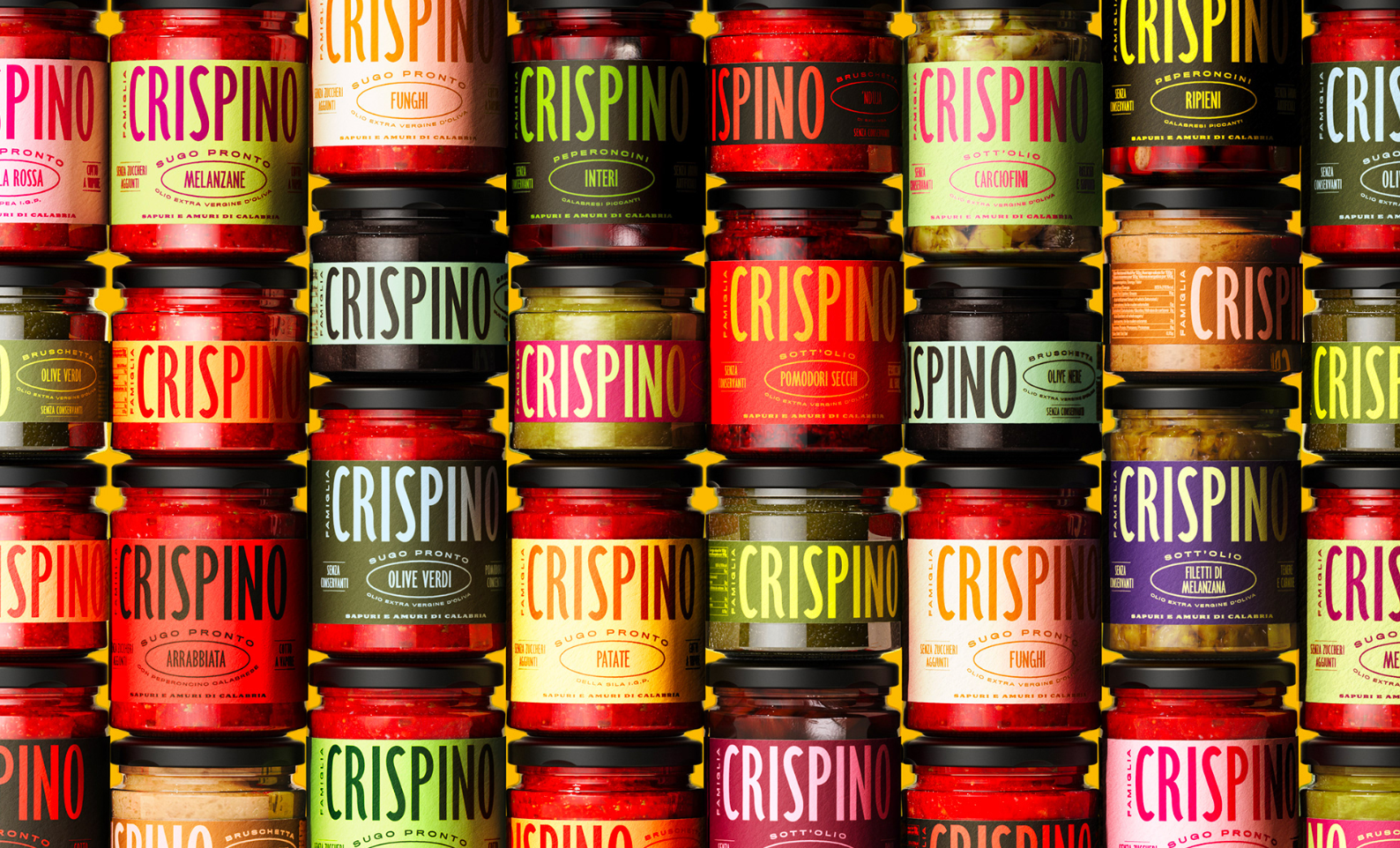
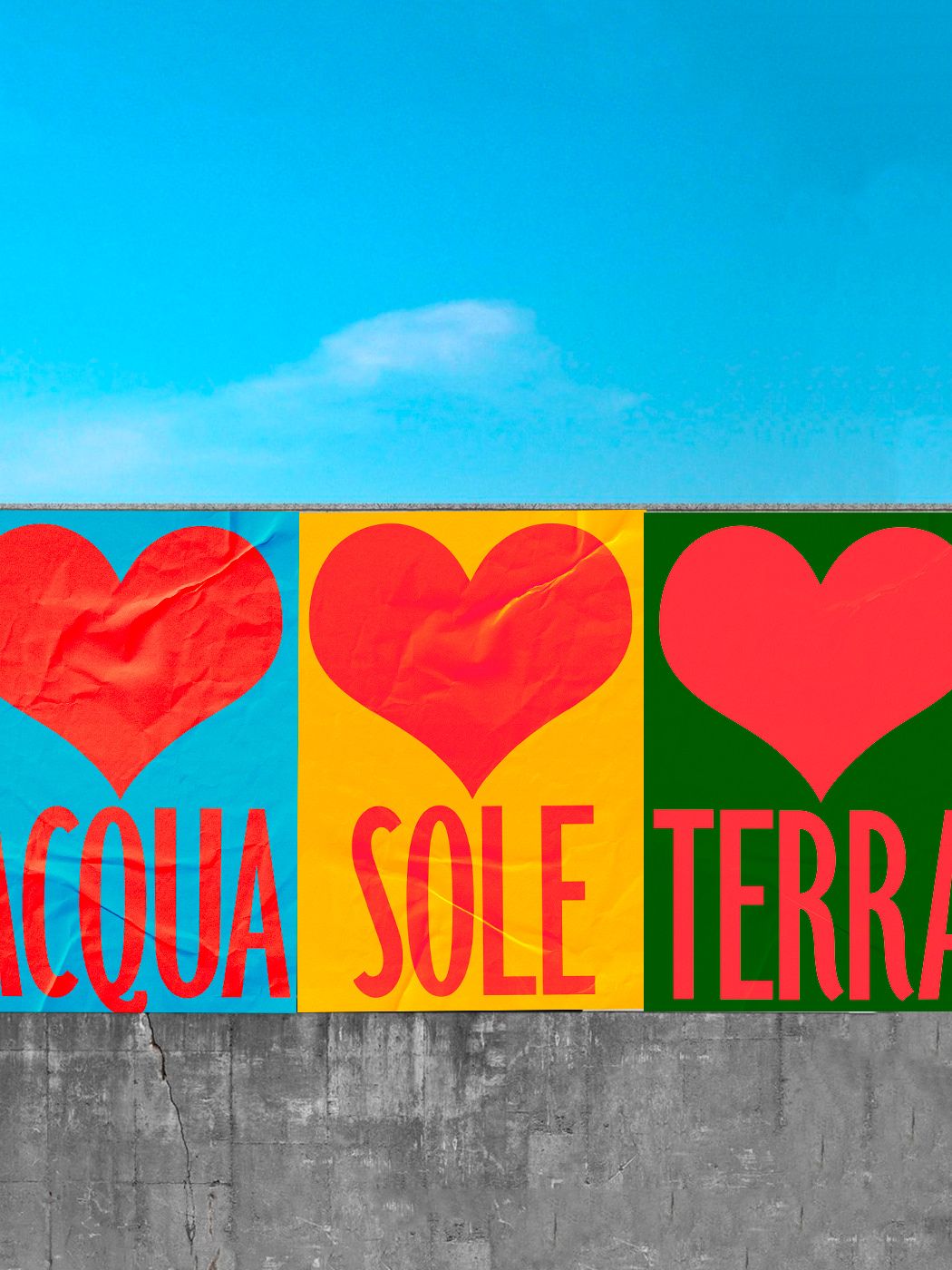
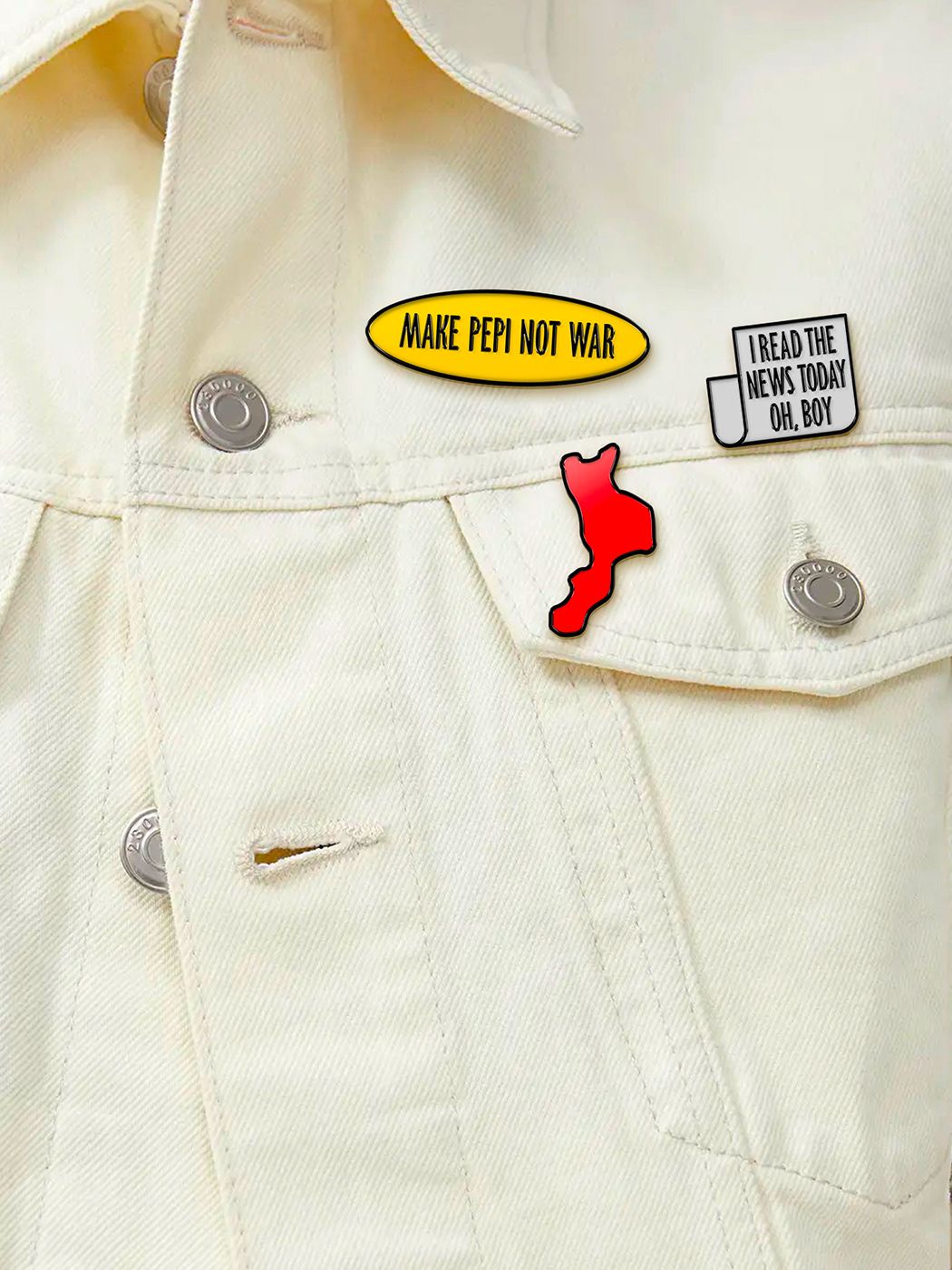

Mamalena Homemade Sauces | Athens, Greece
BOB STUDIO

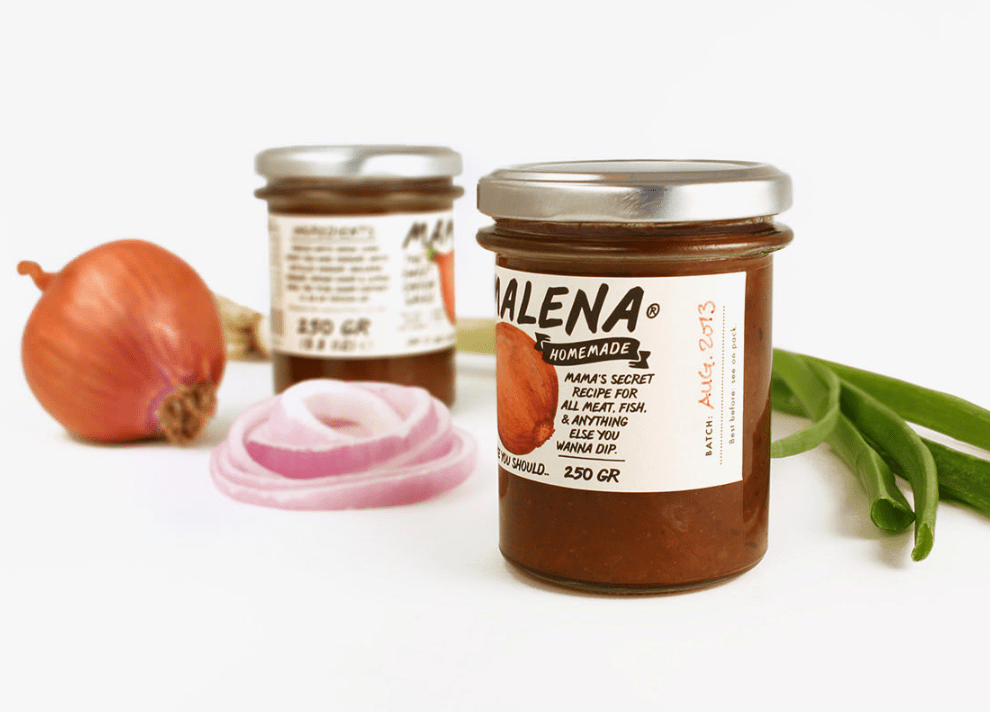
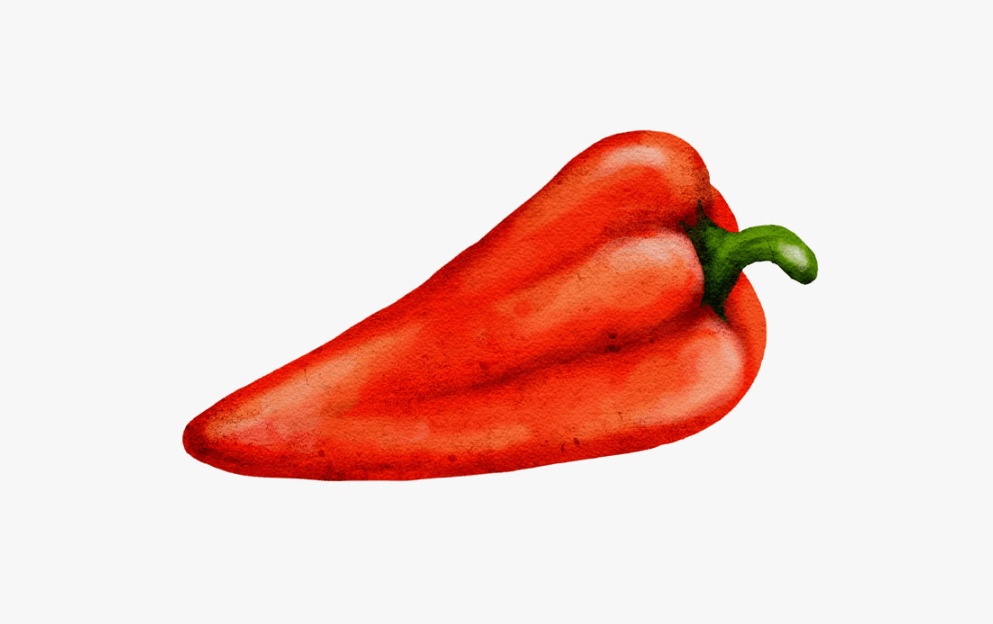
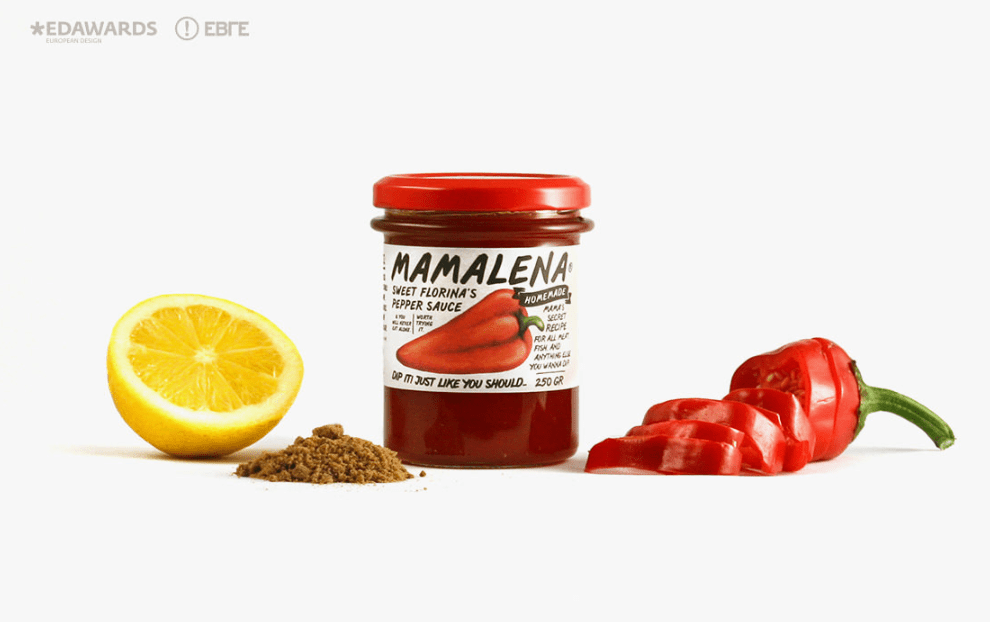
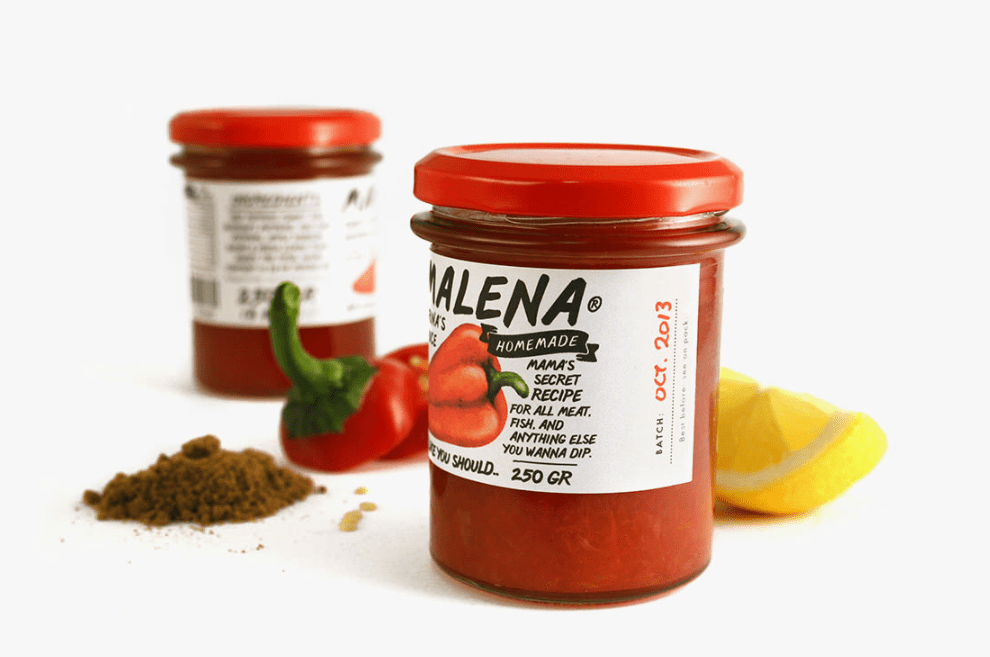
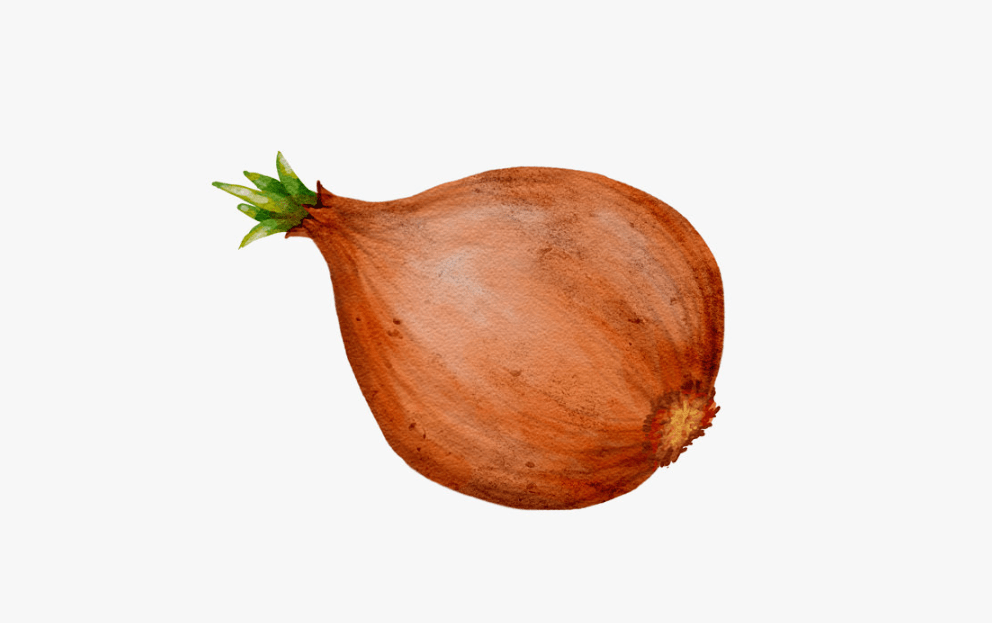

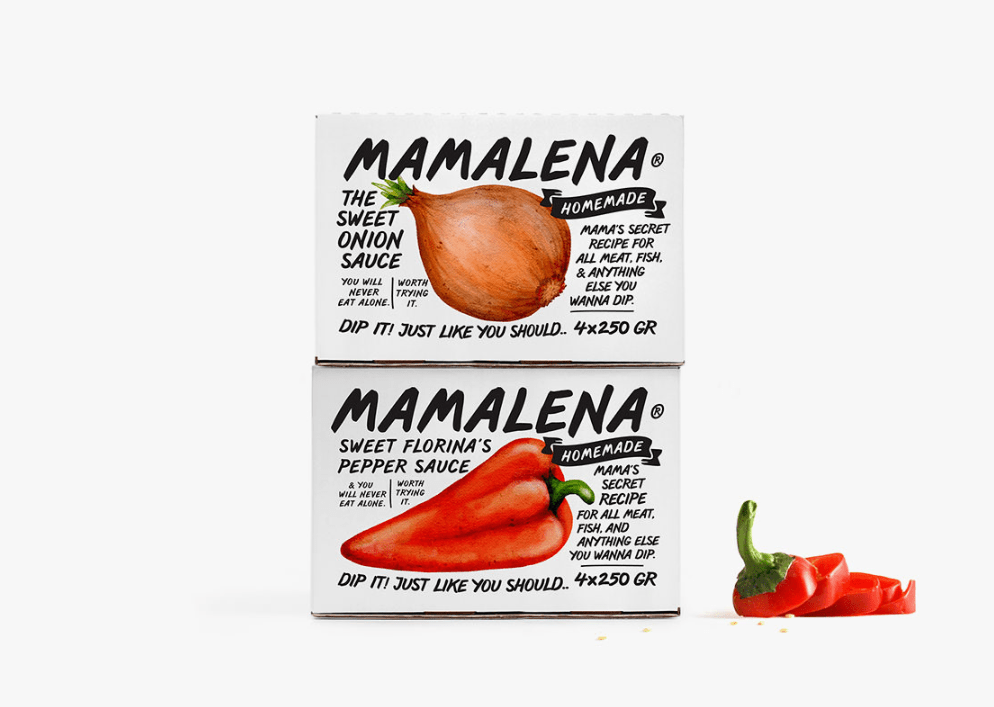
DeliCo – Product Label Design | Mexico City, Mexico
Gabriela Coutiño
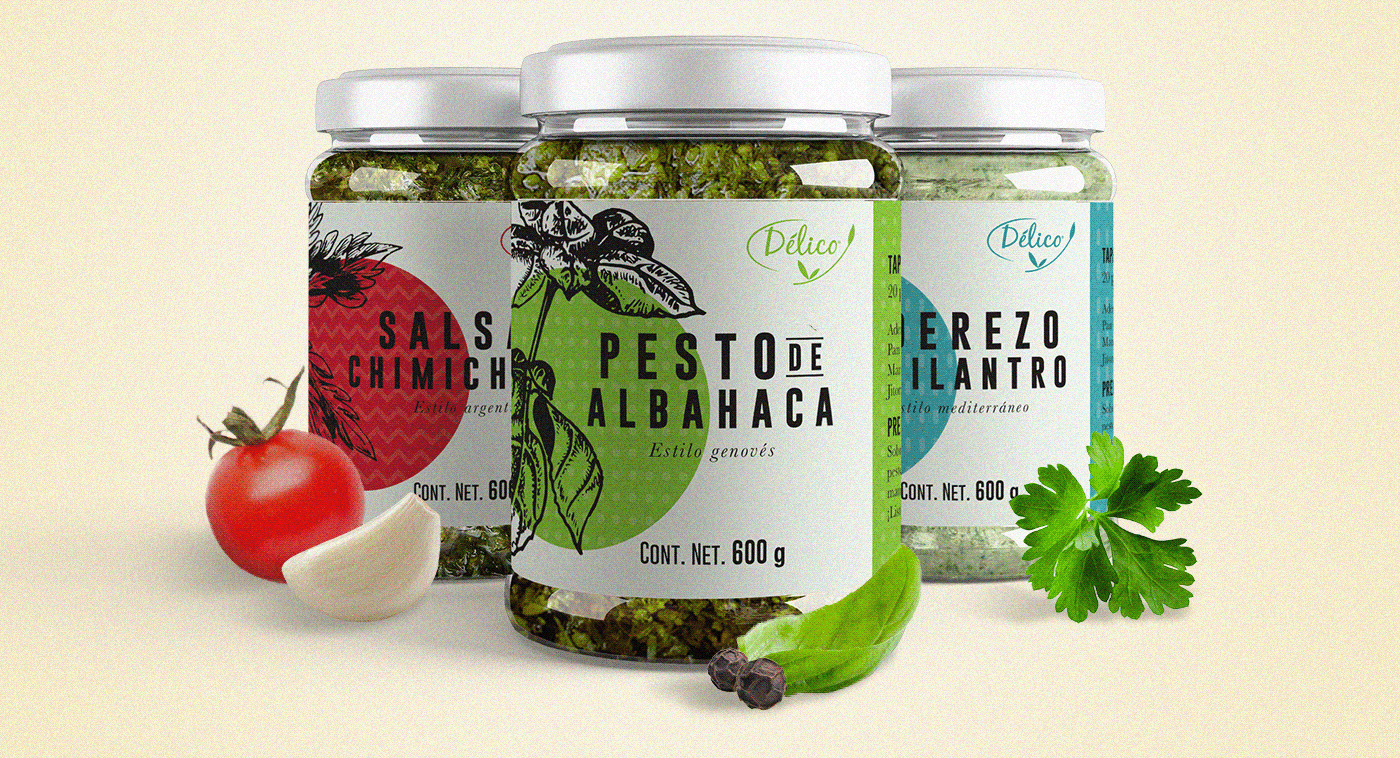

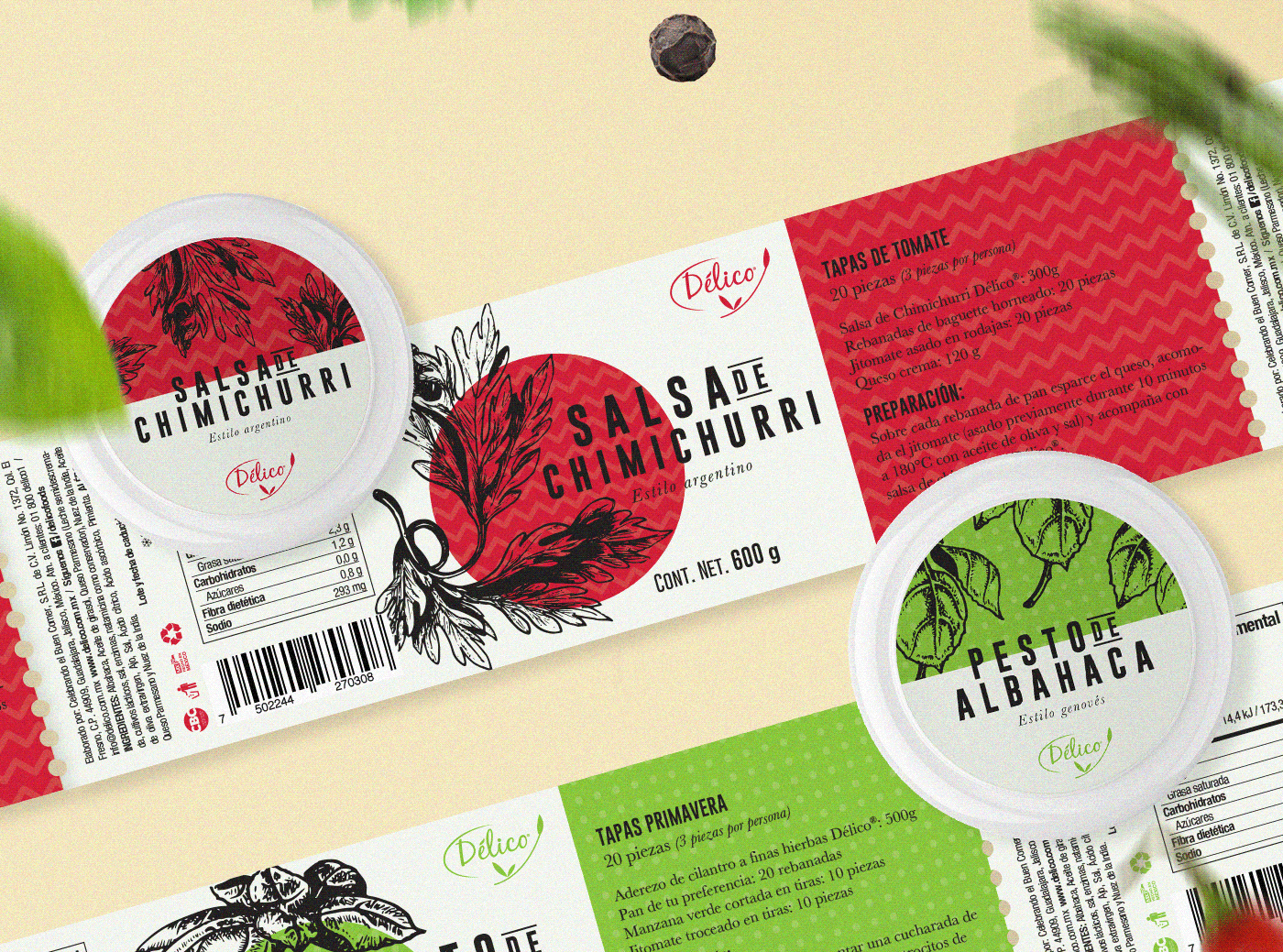


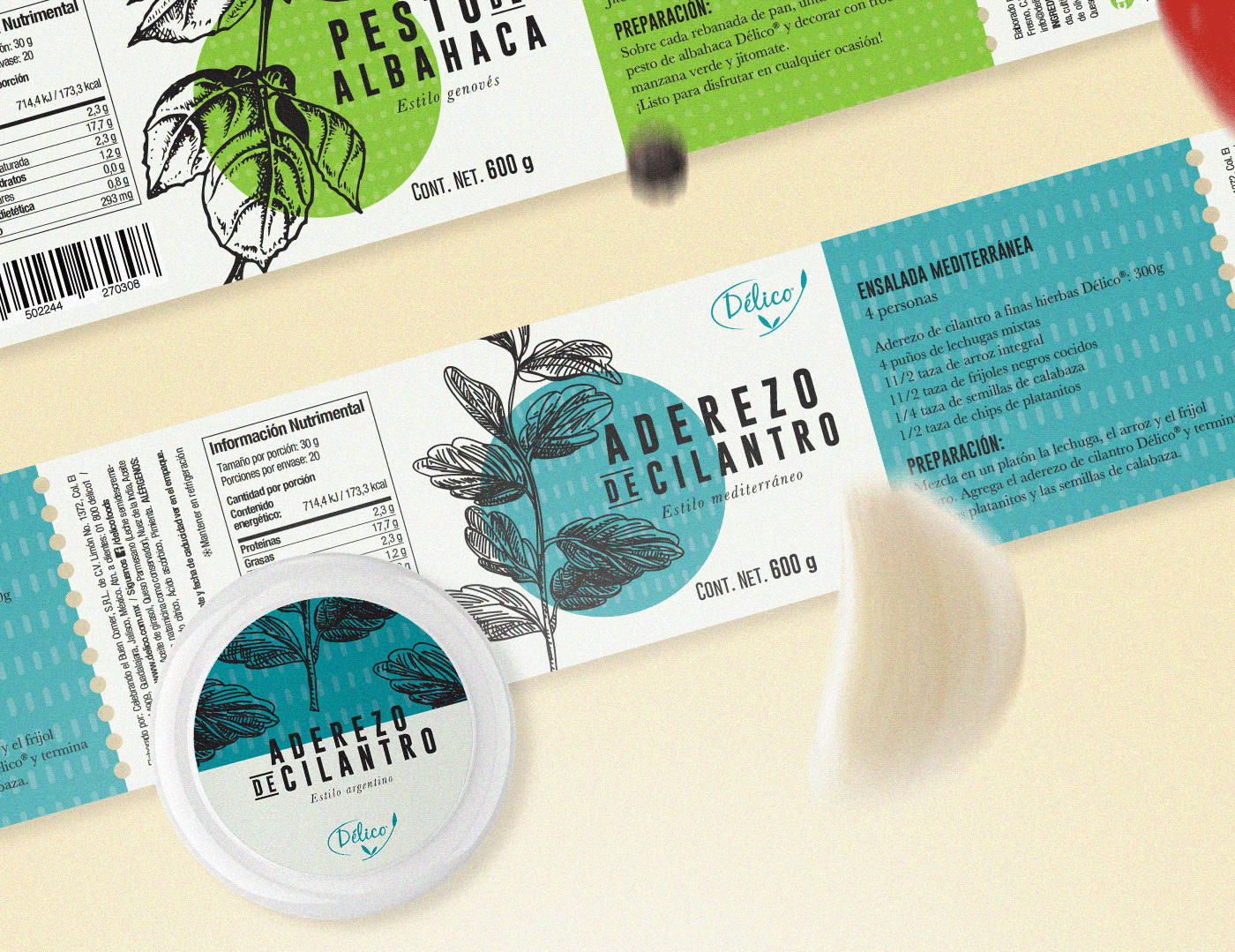
Rubies in the Rubble | Cape Town, South Africa
MARK Studio
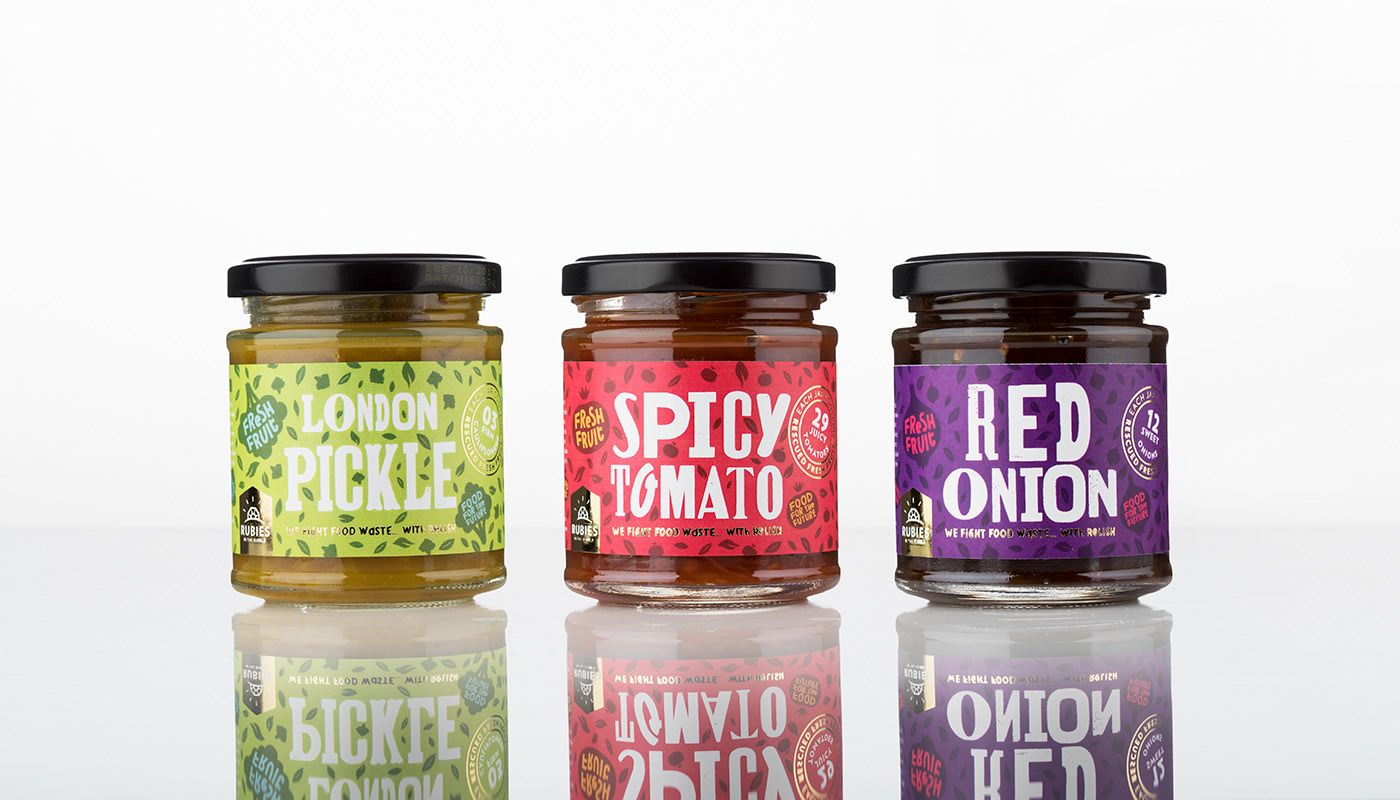

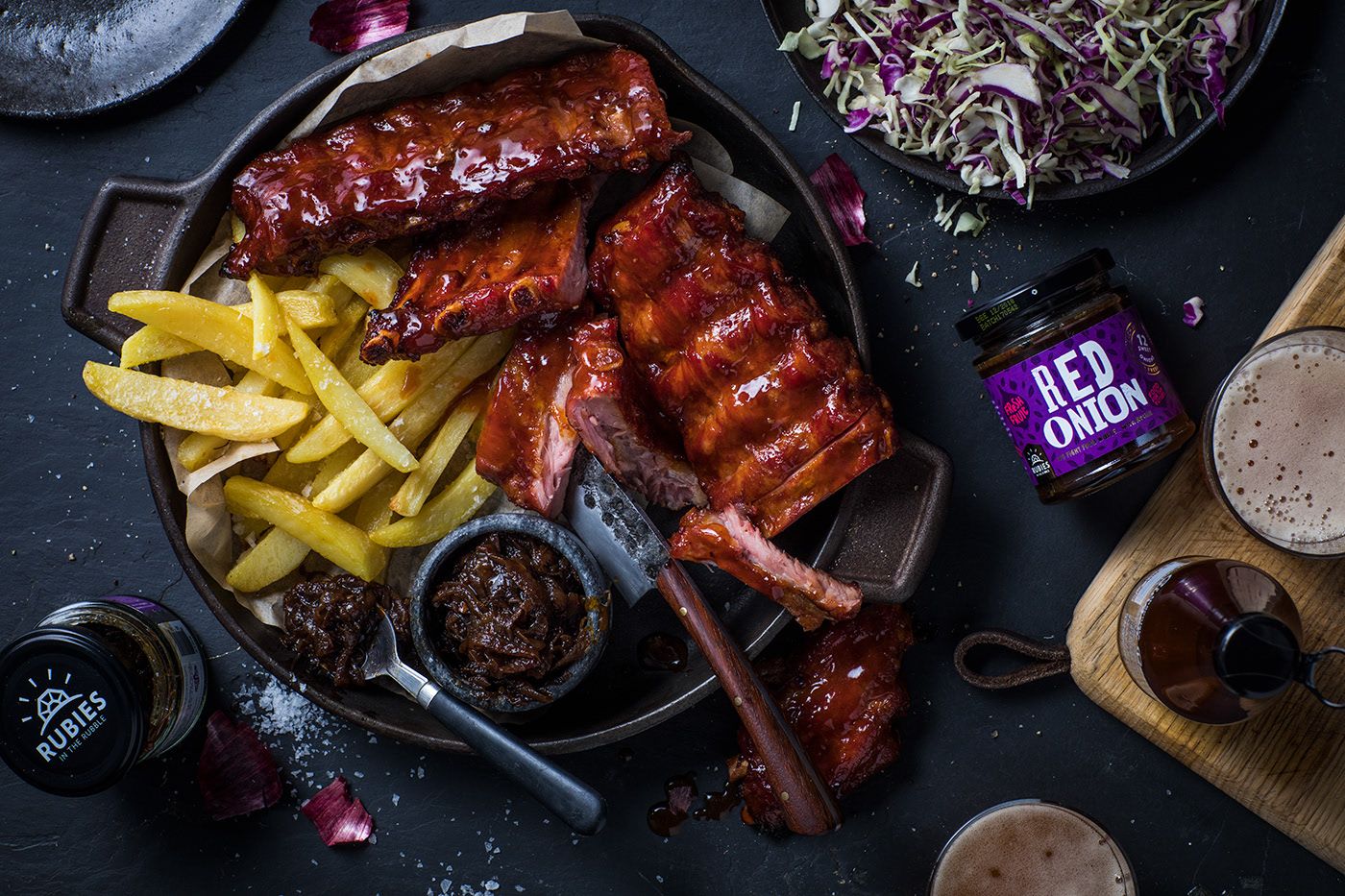
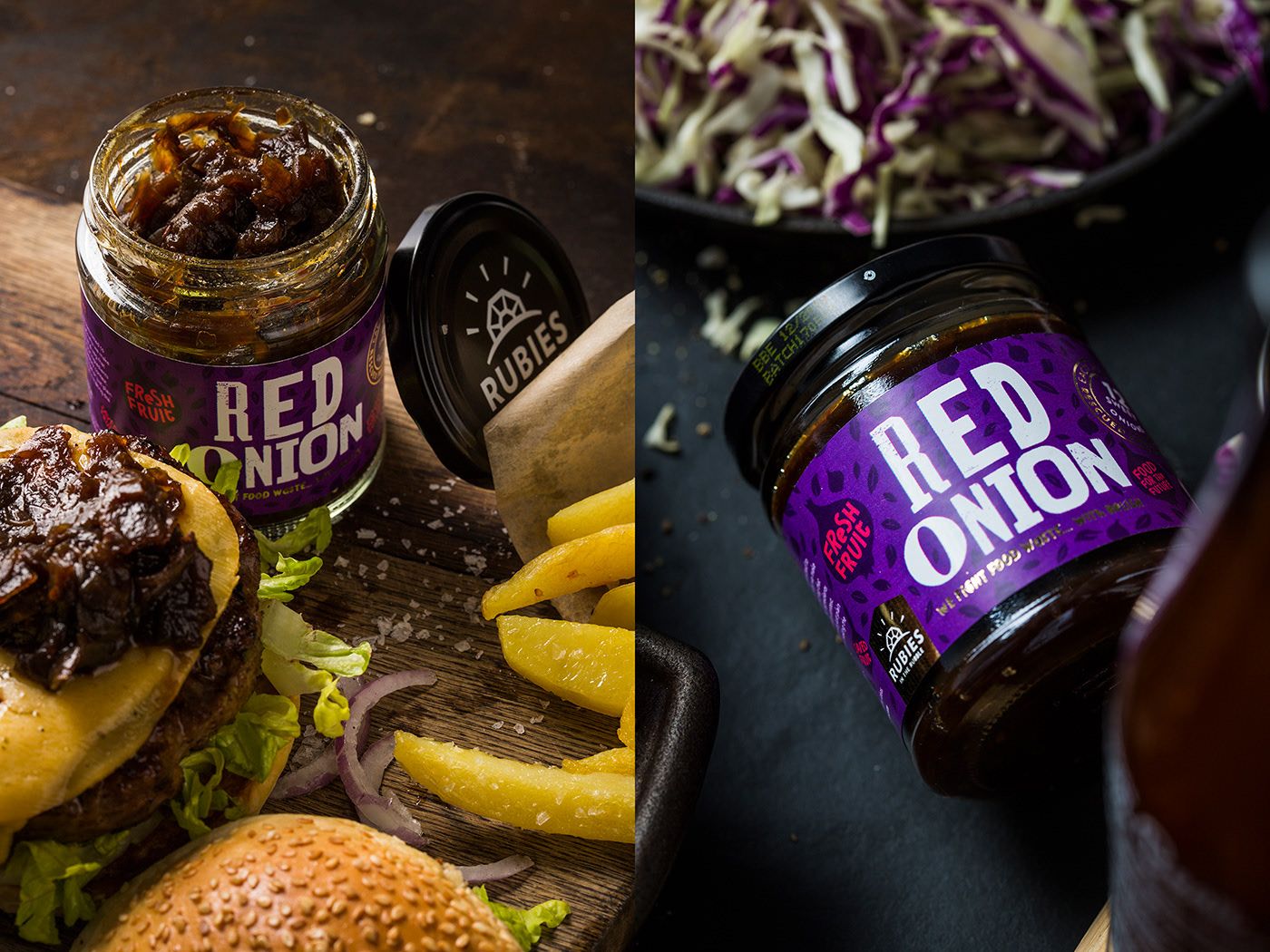
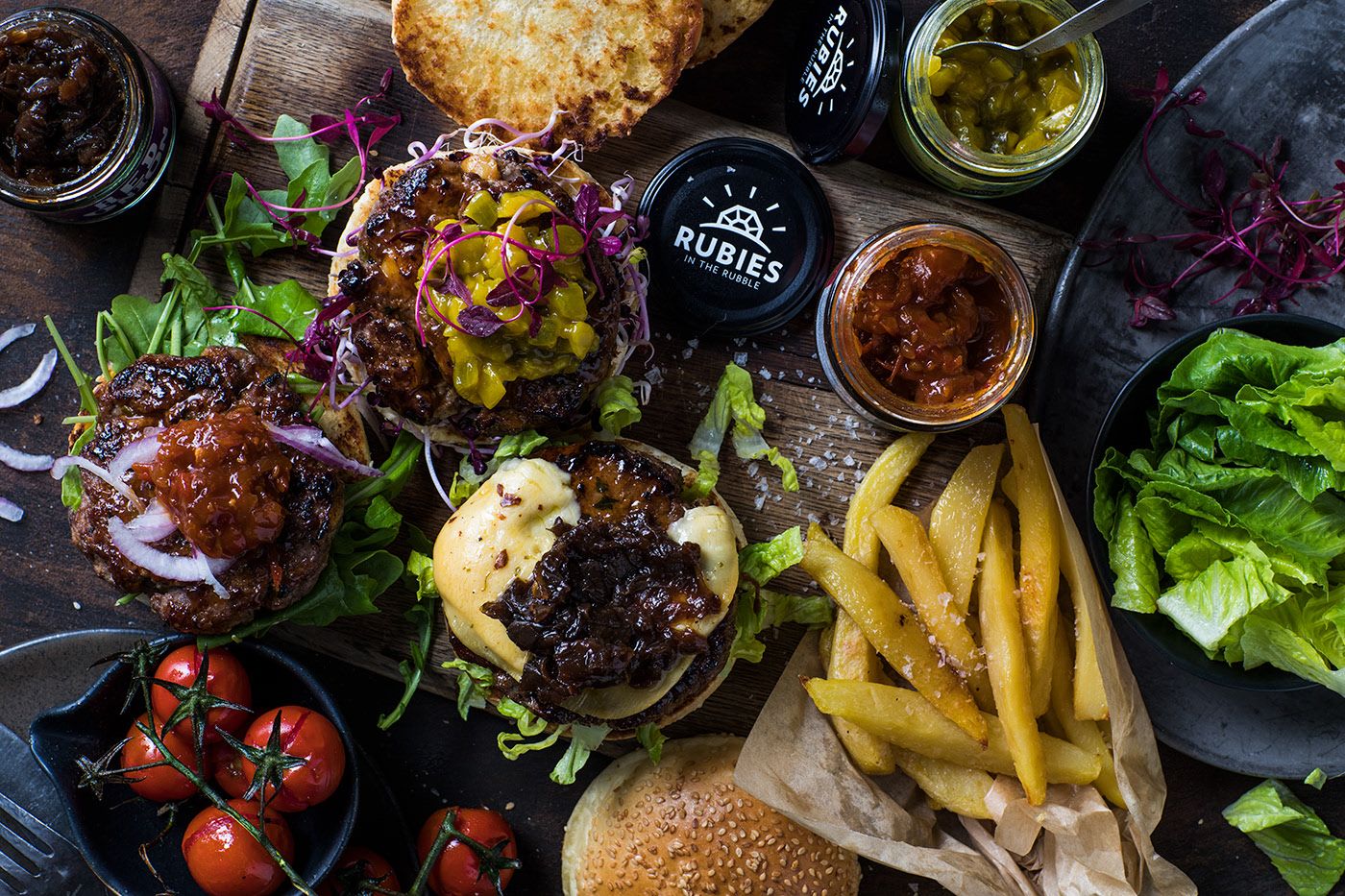
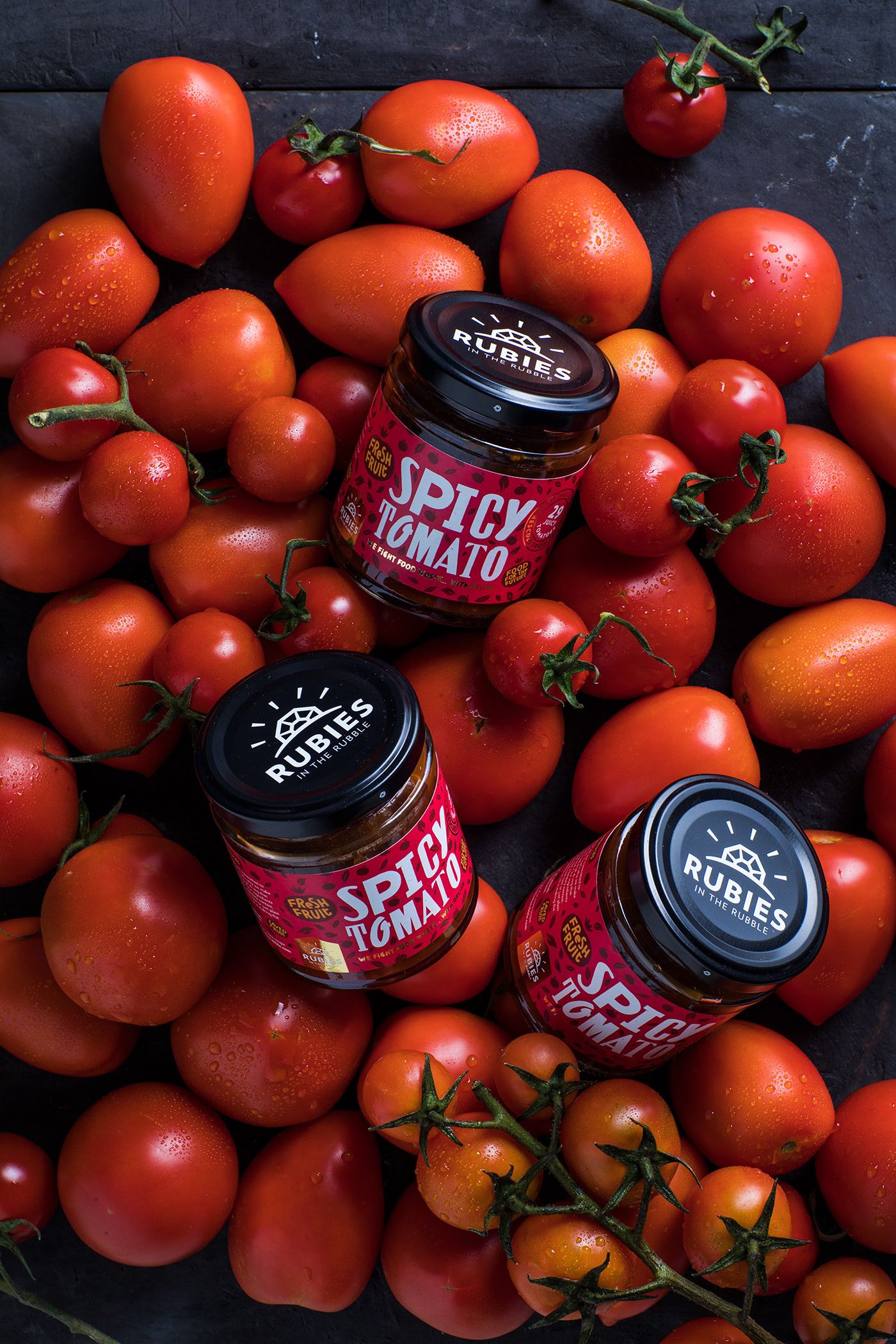

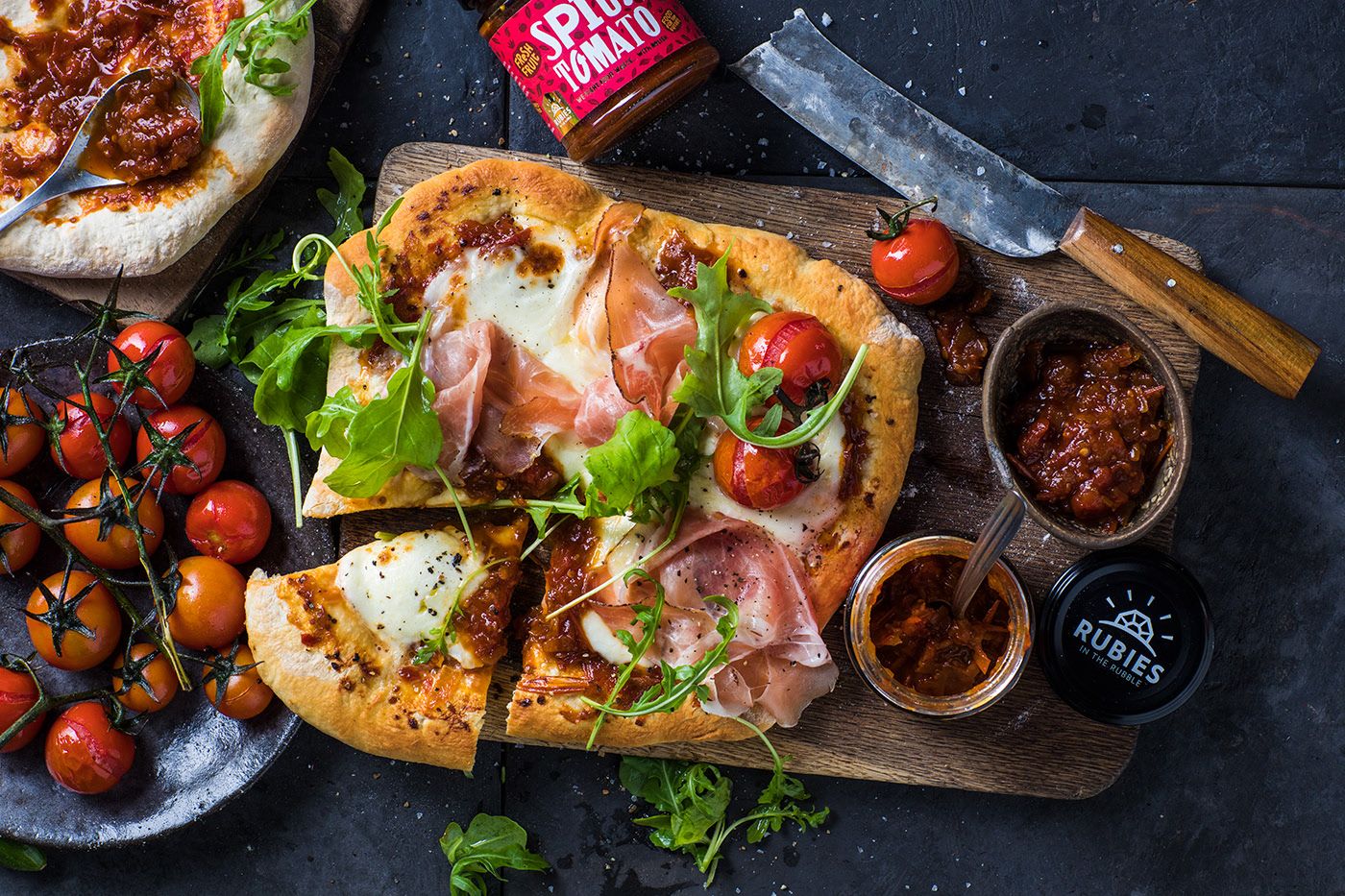
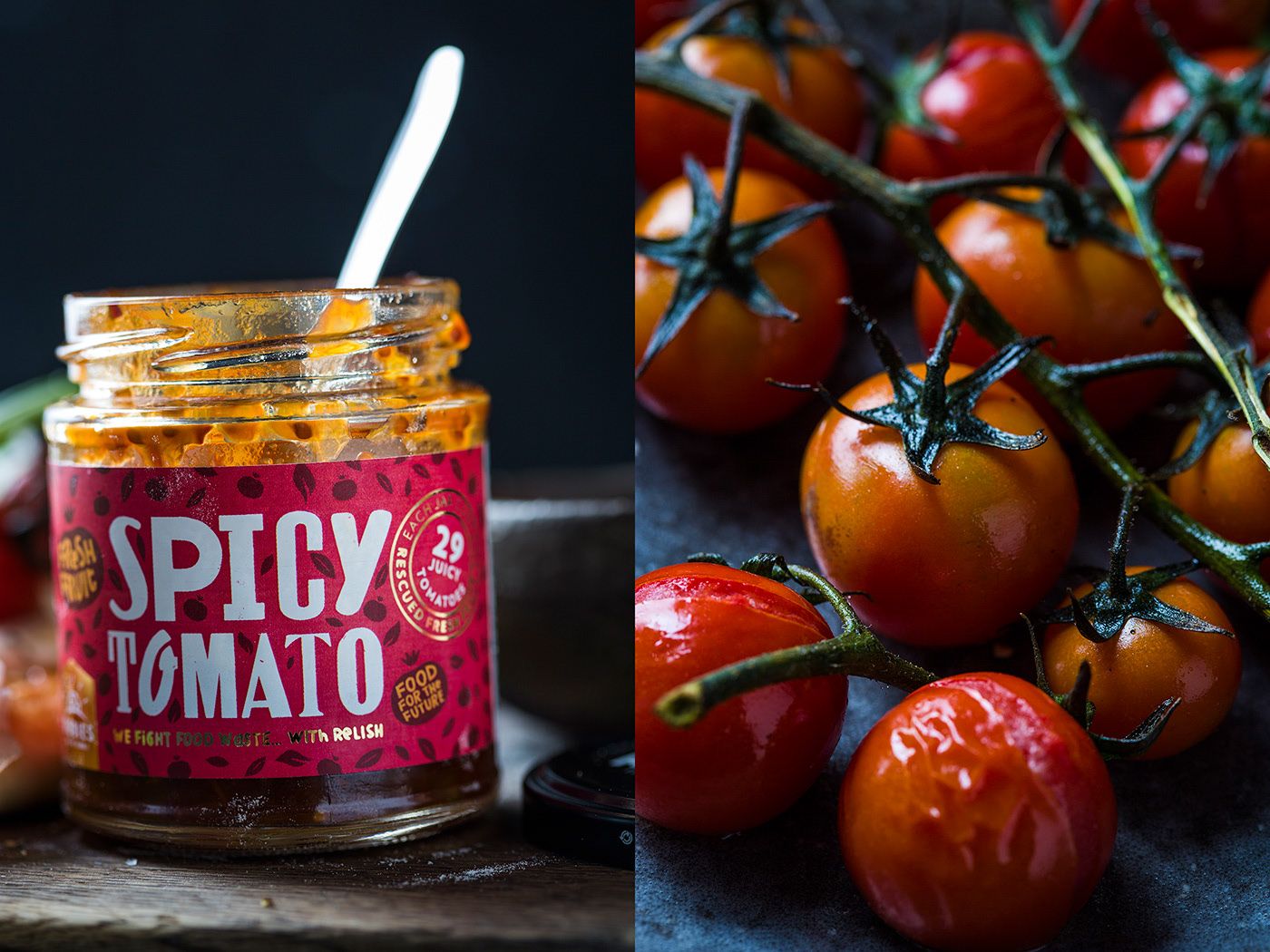
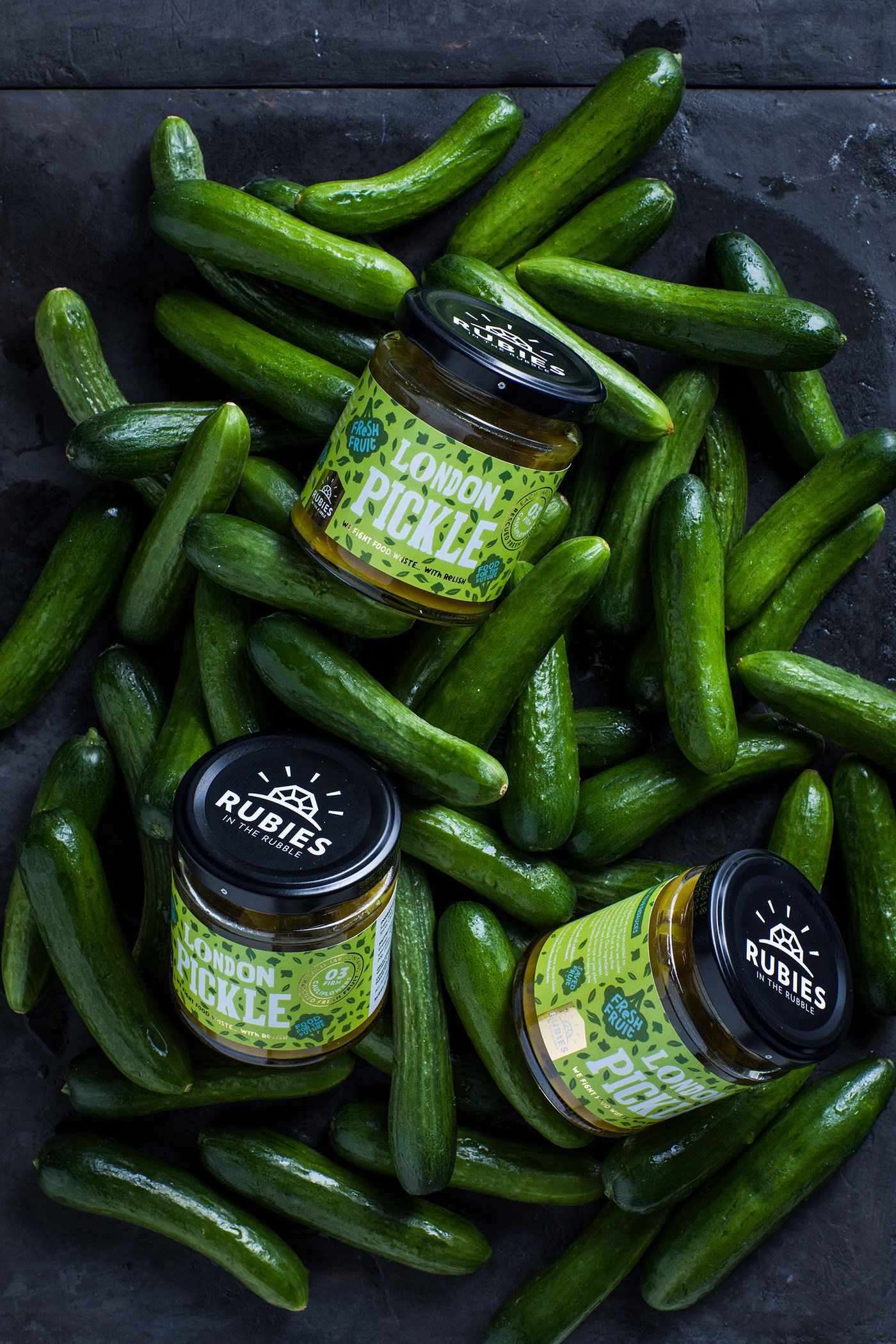
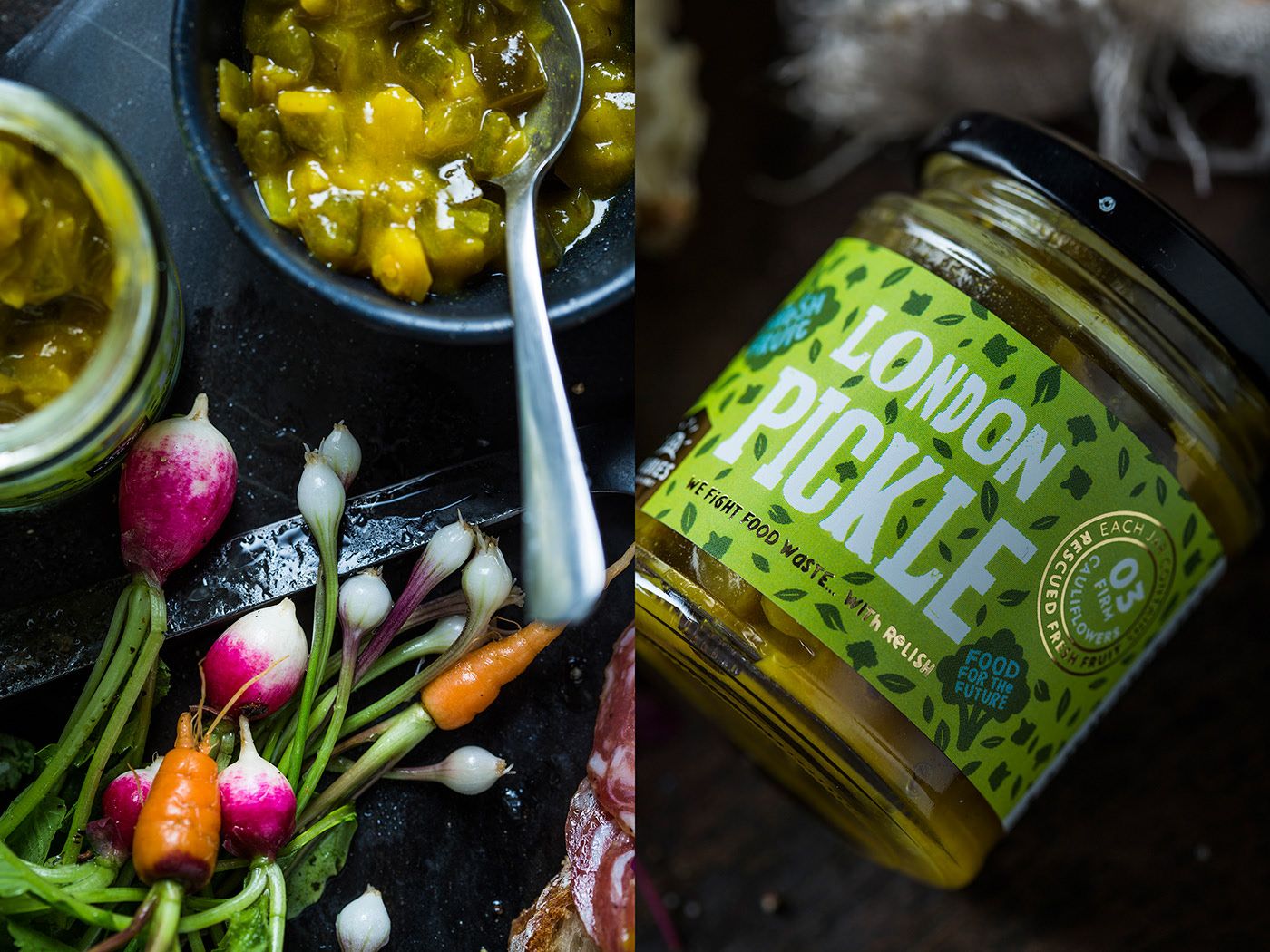
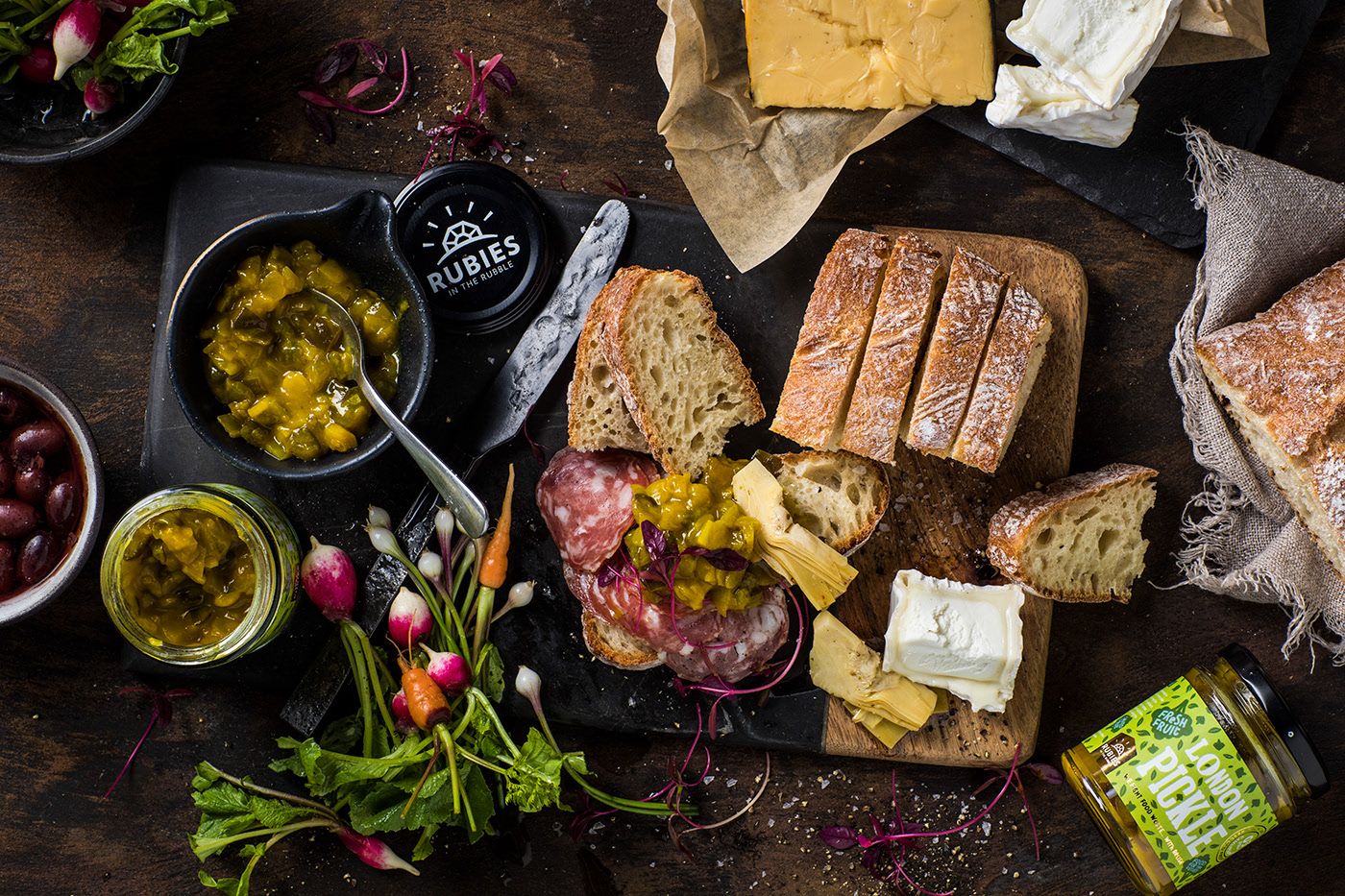
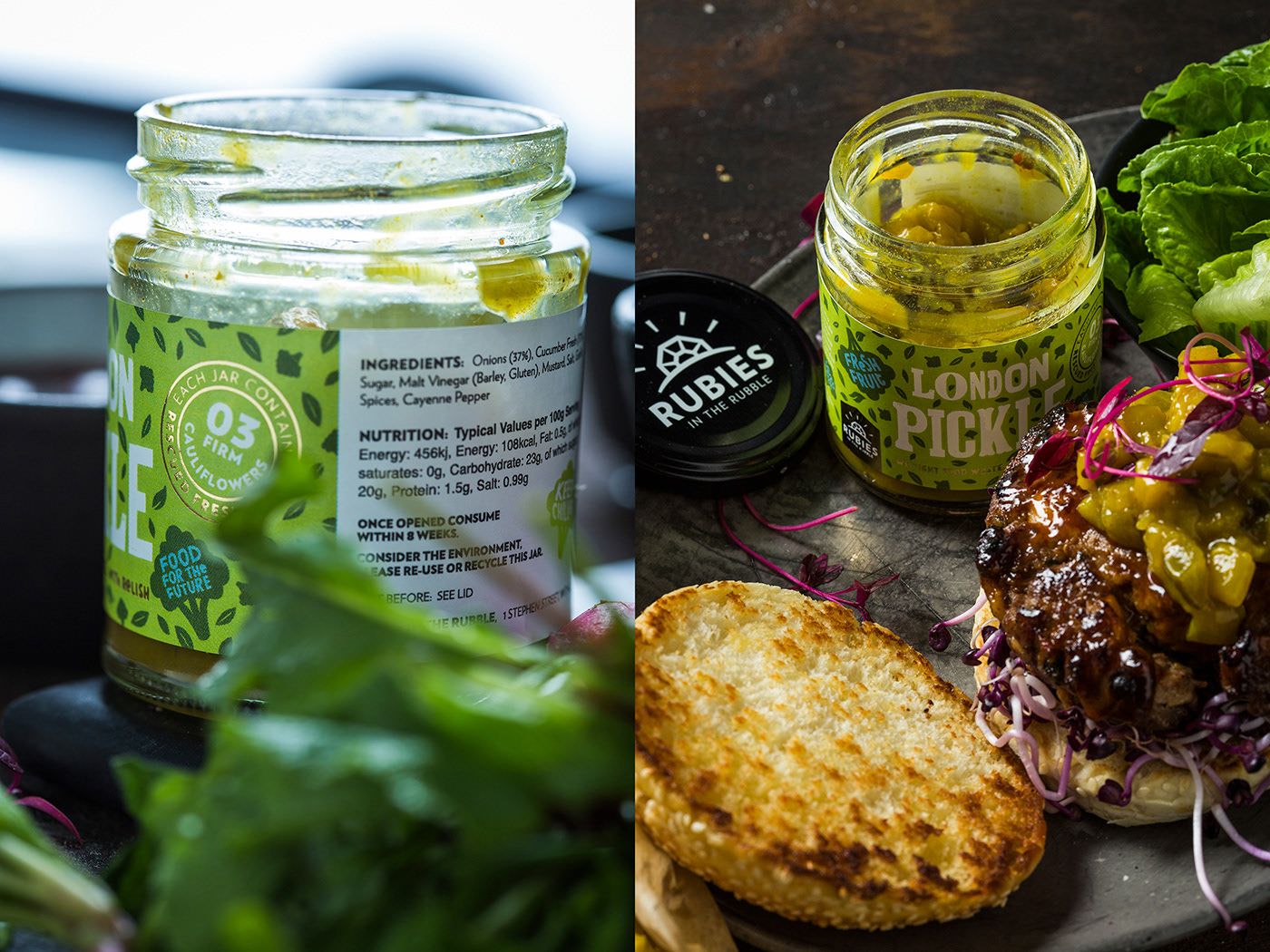
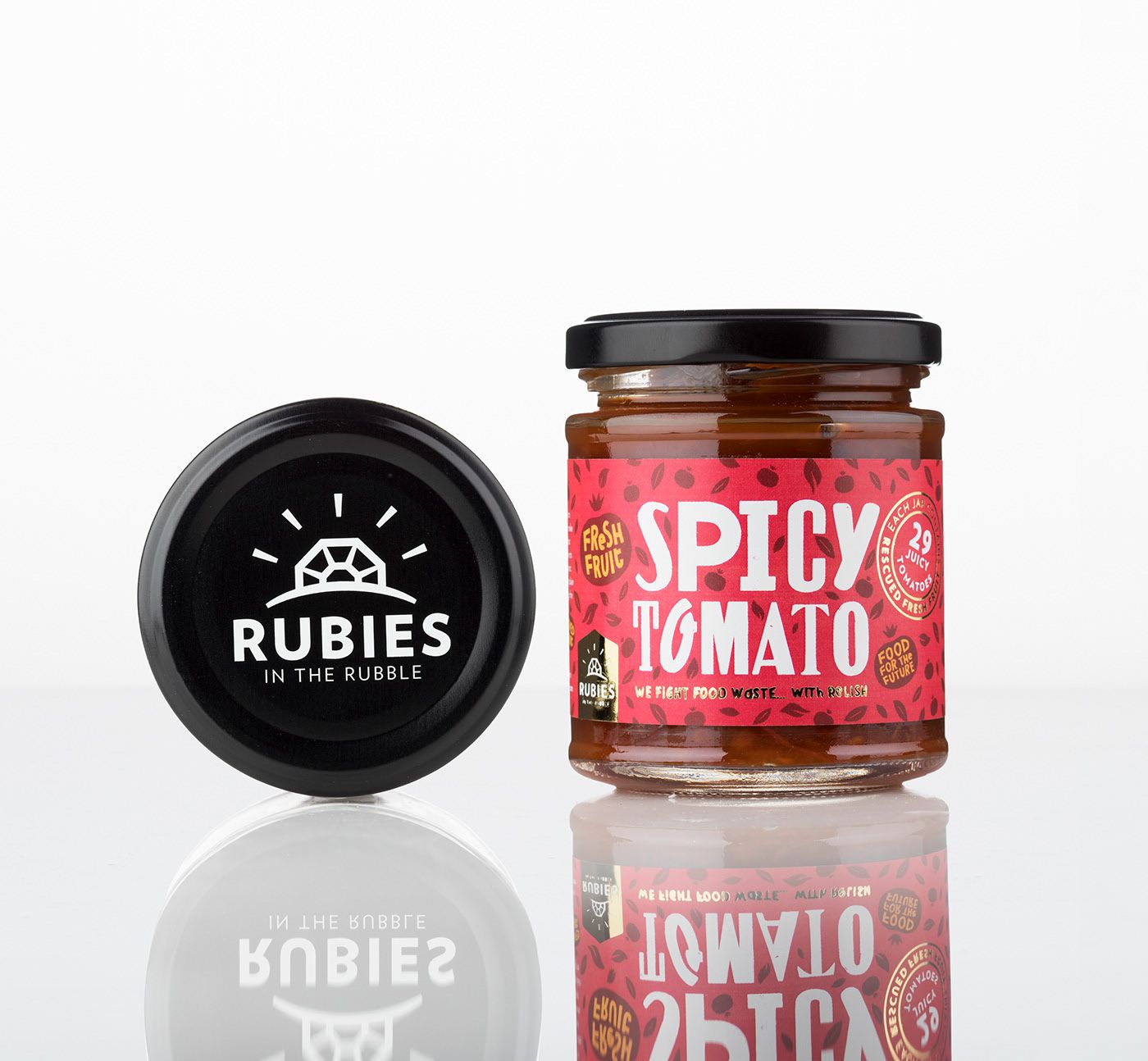

When graphic design meets architecture

Shapeshifting forms | Benoit Leva
